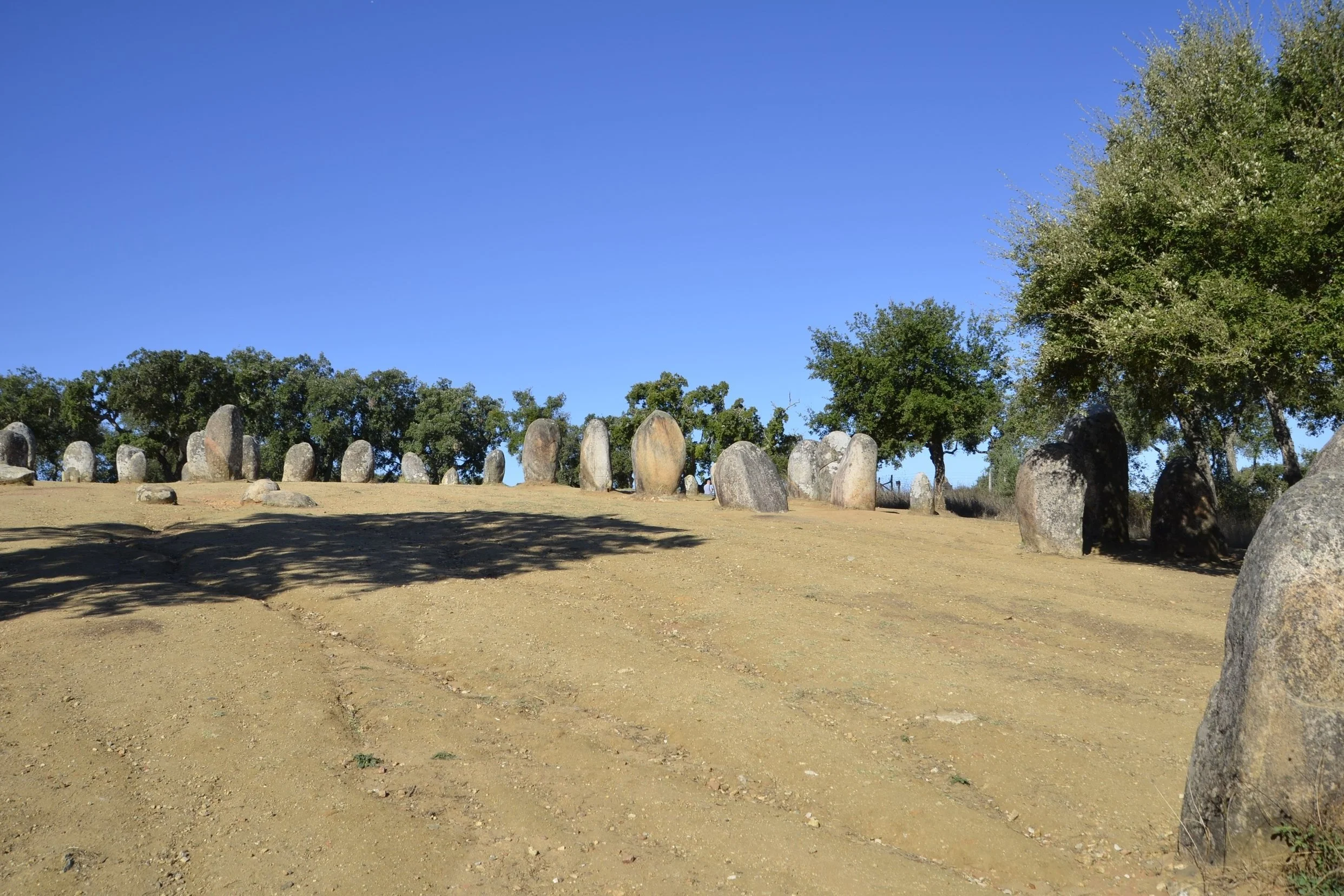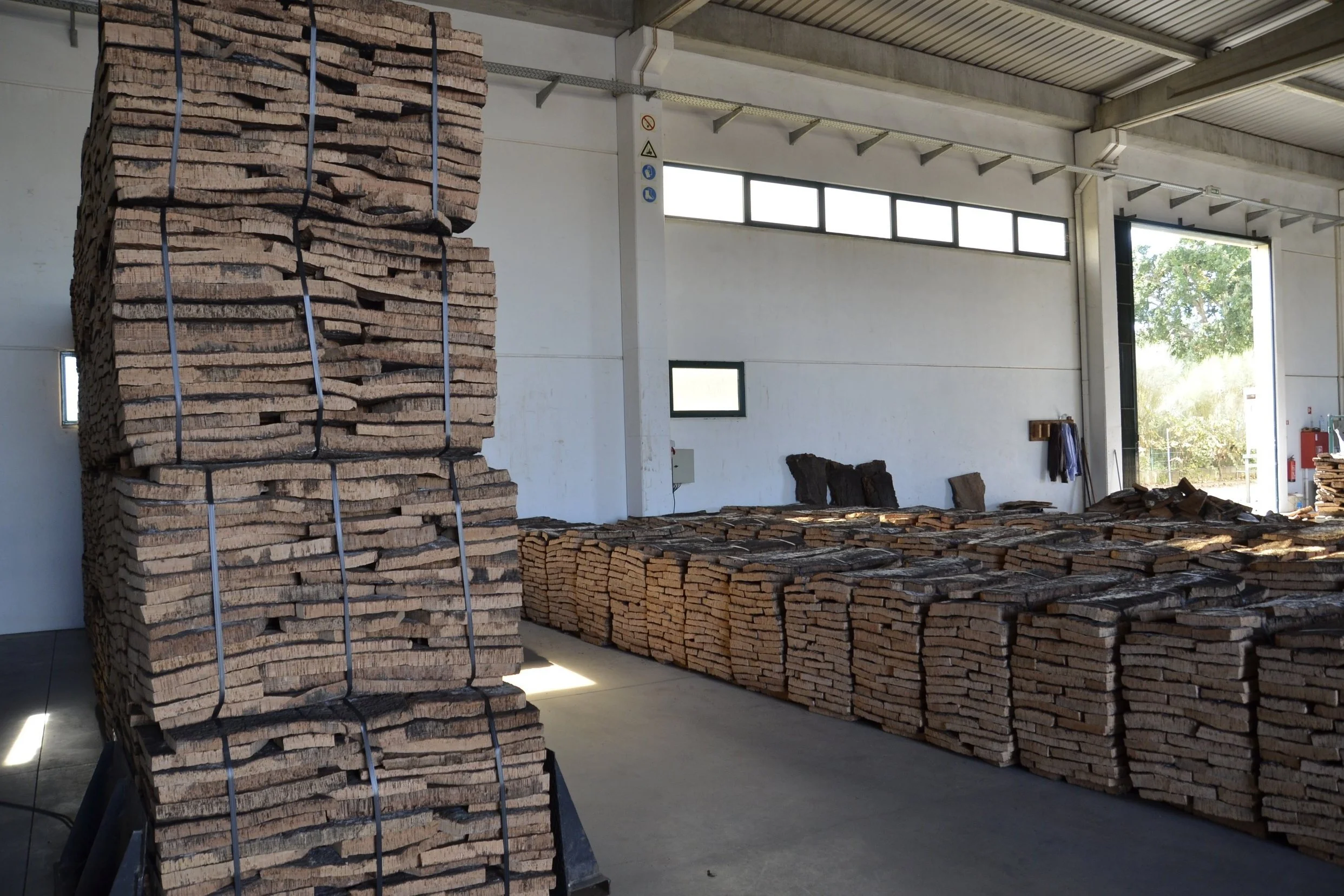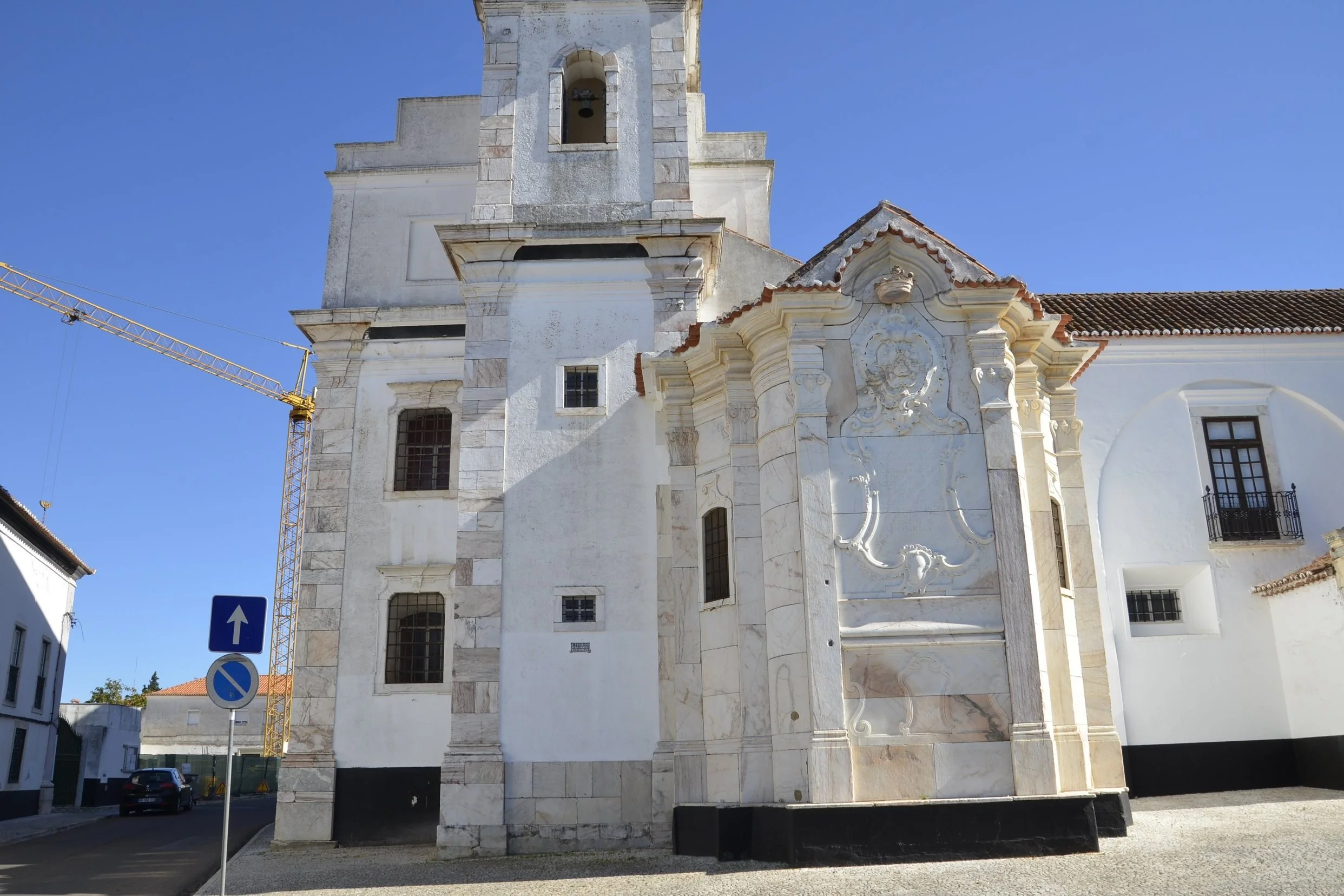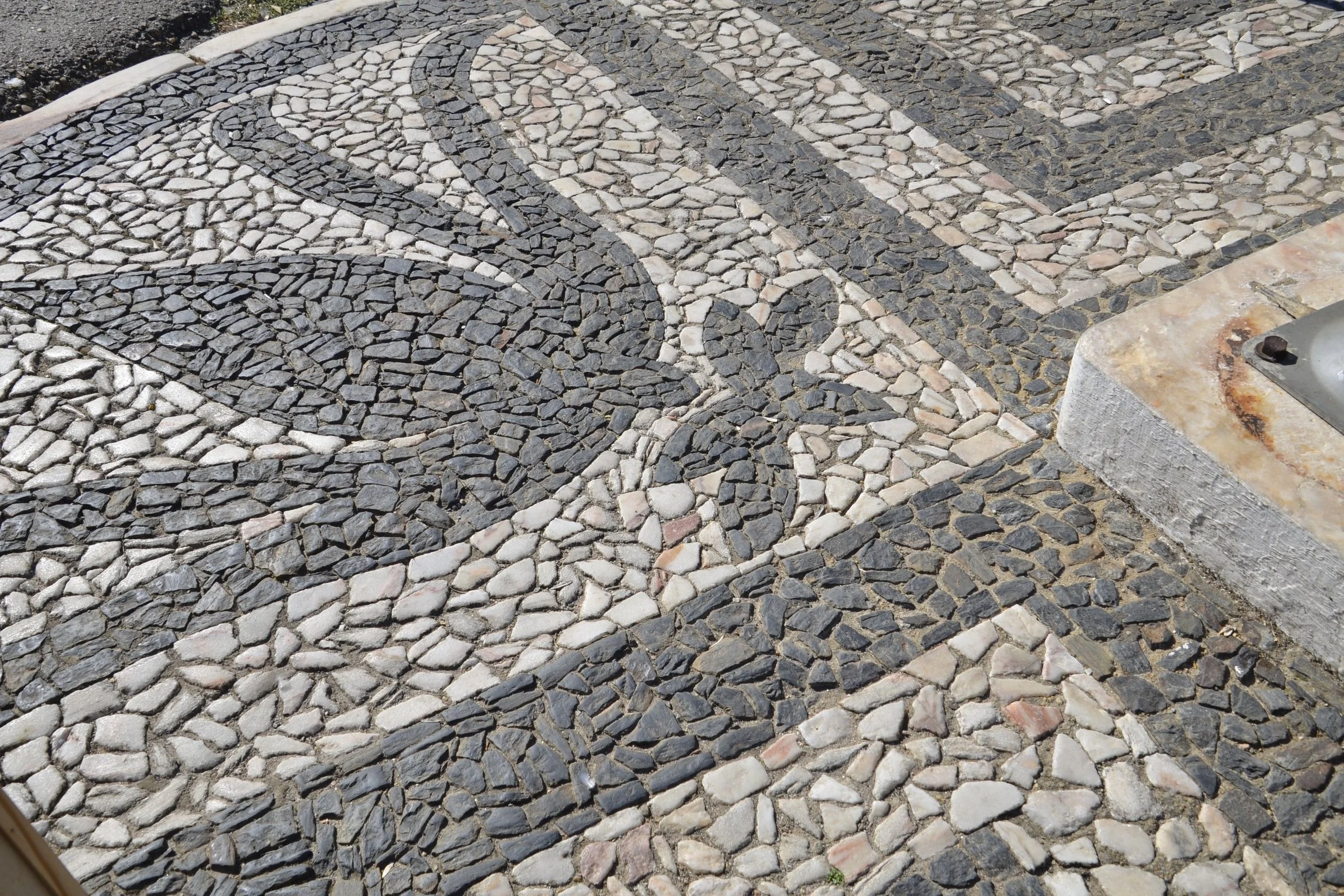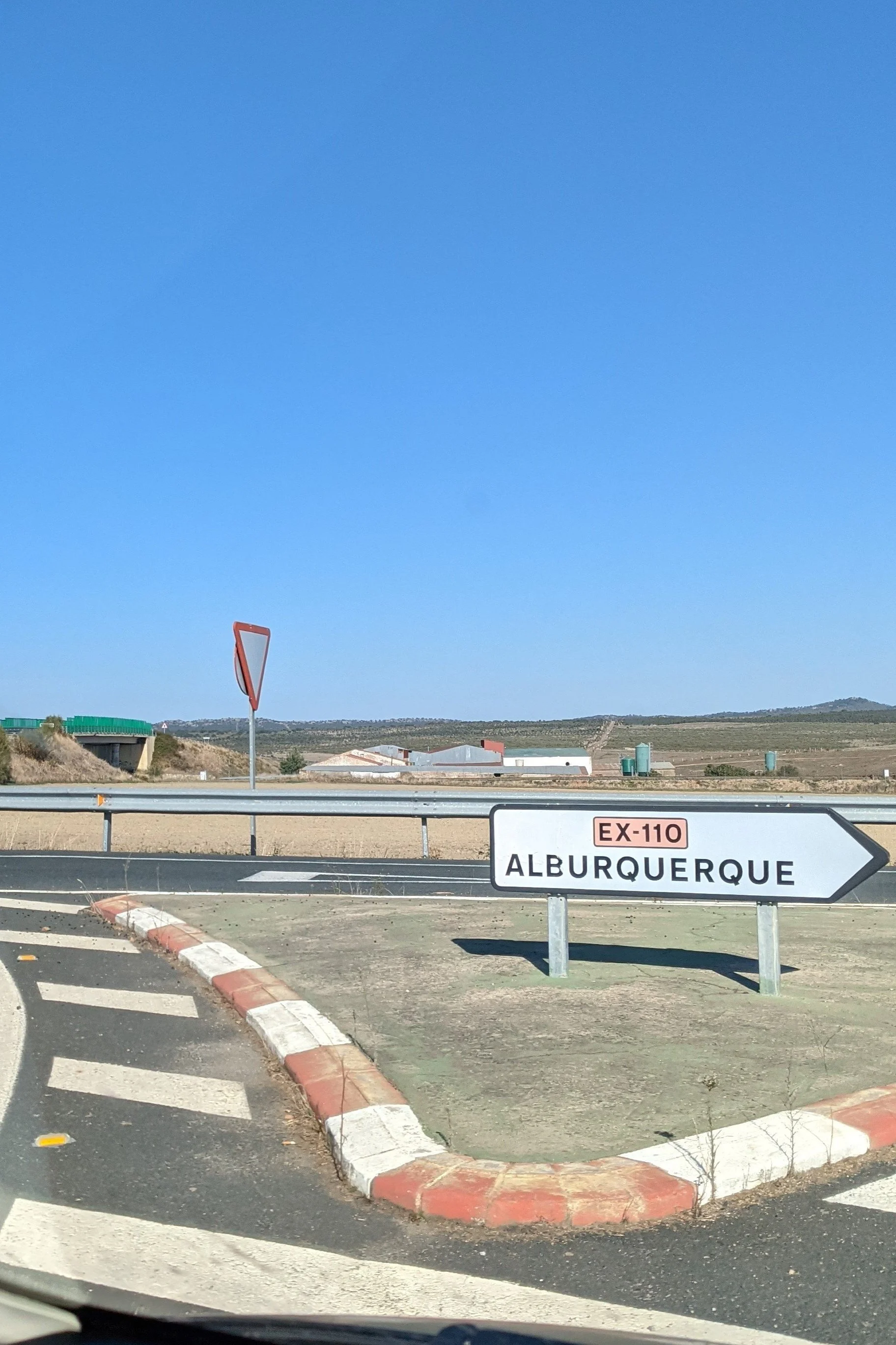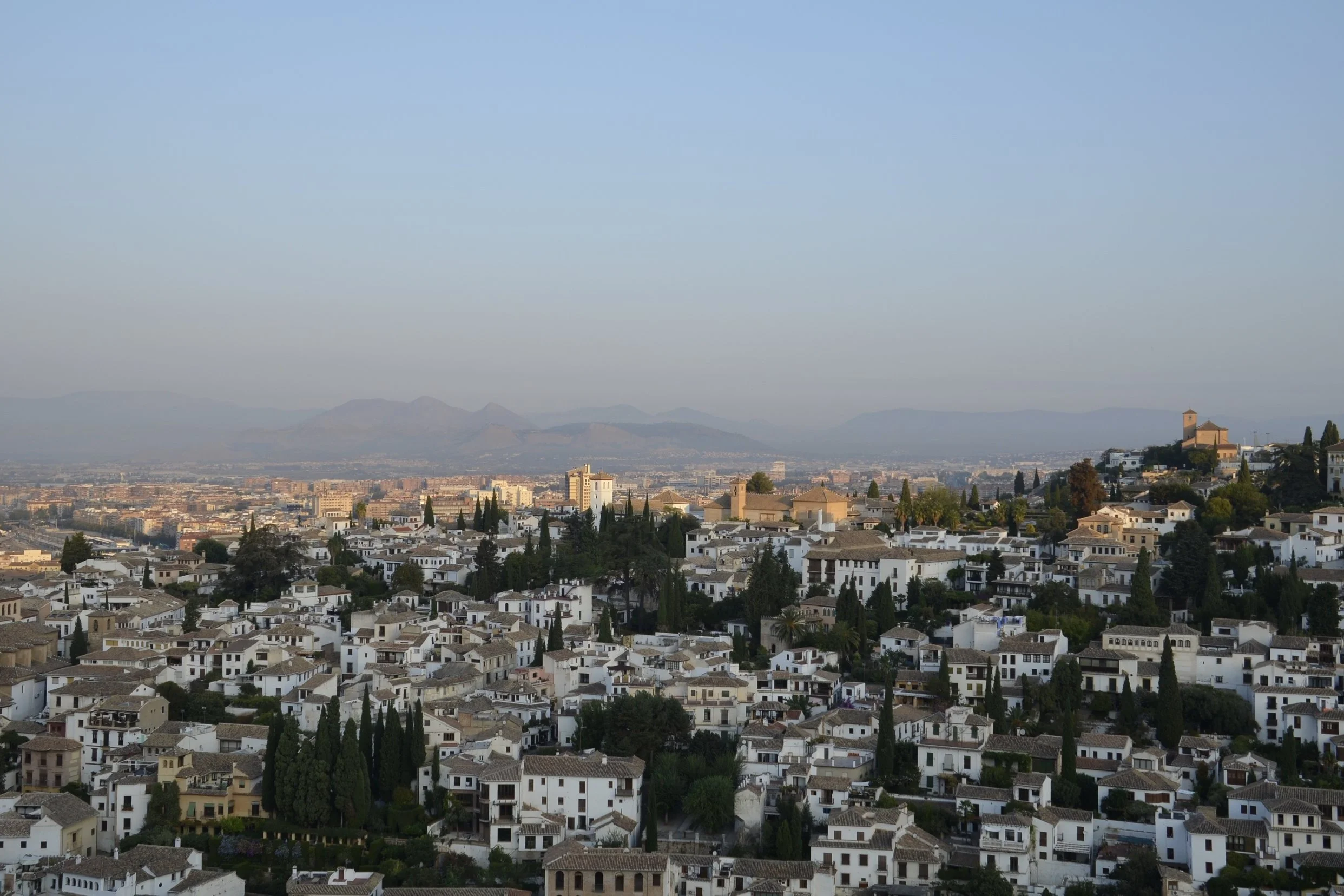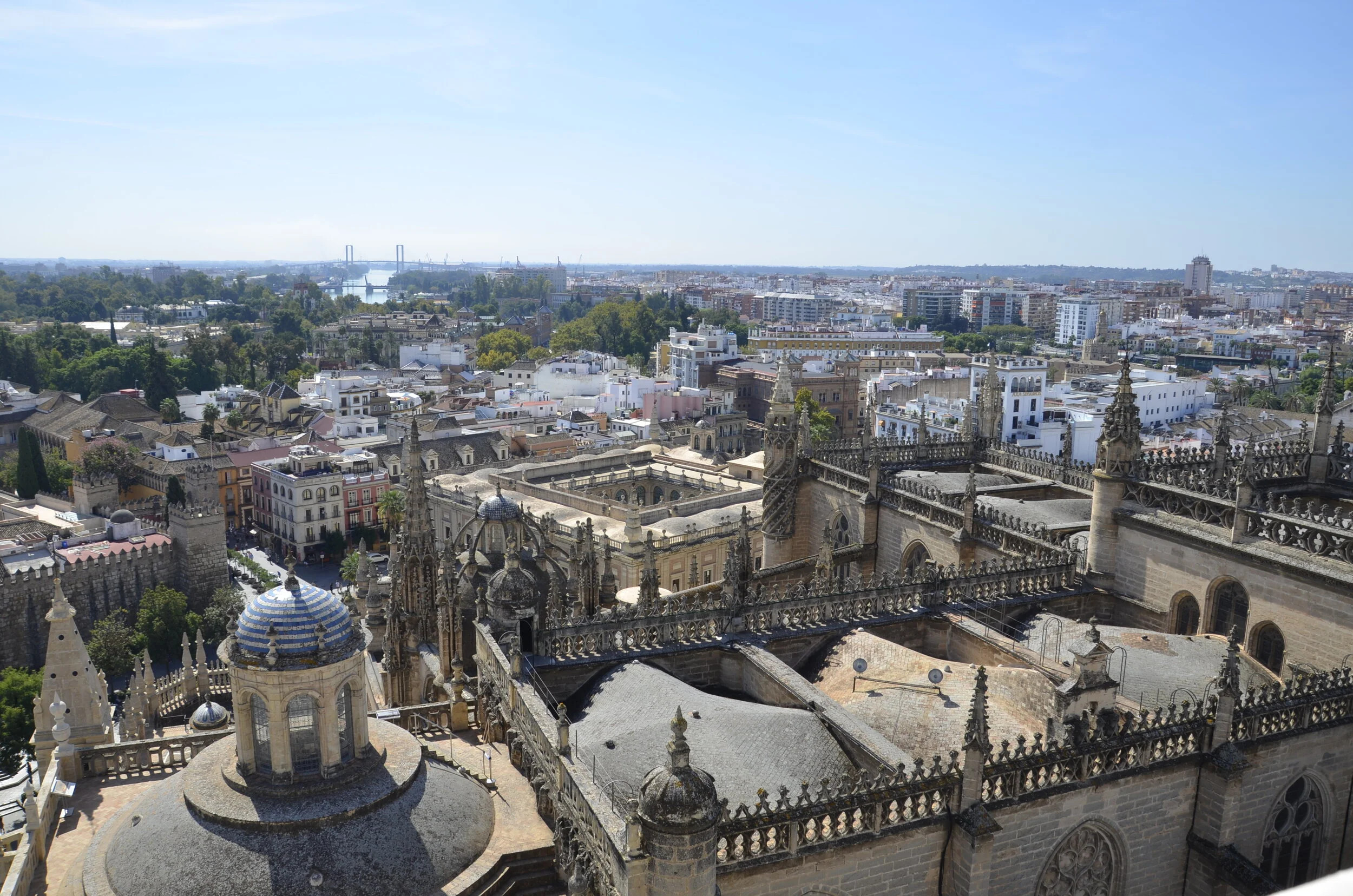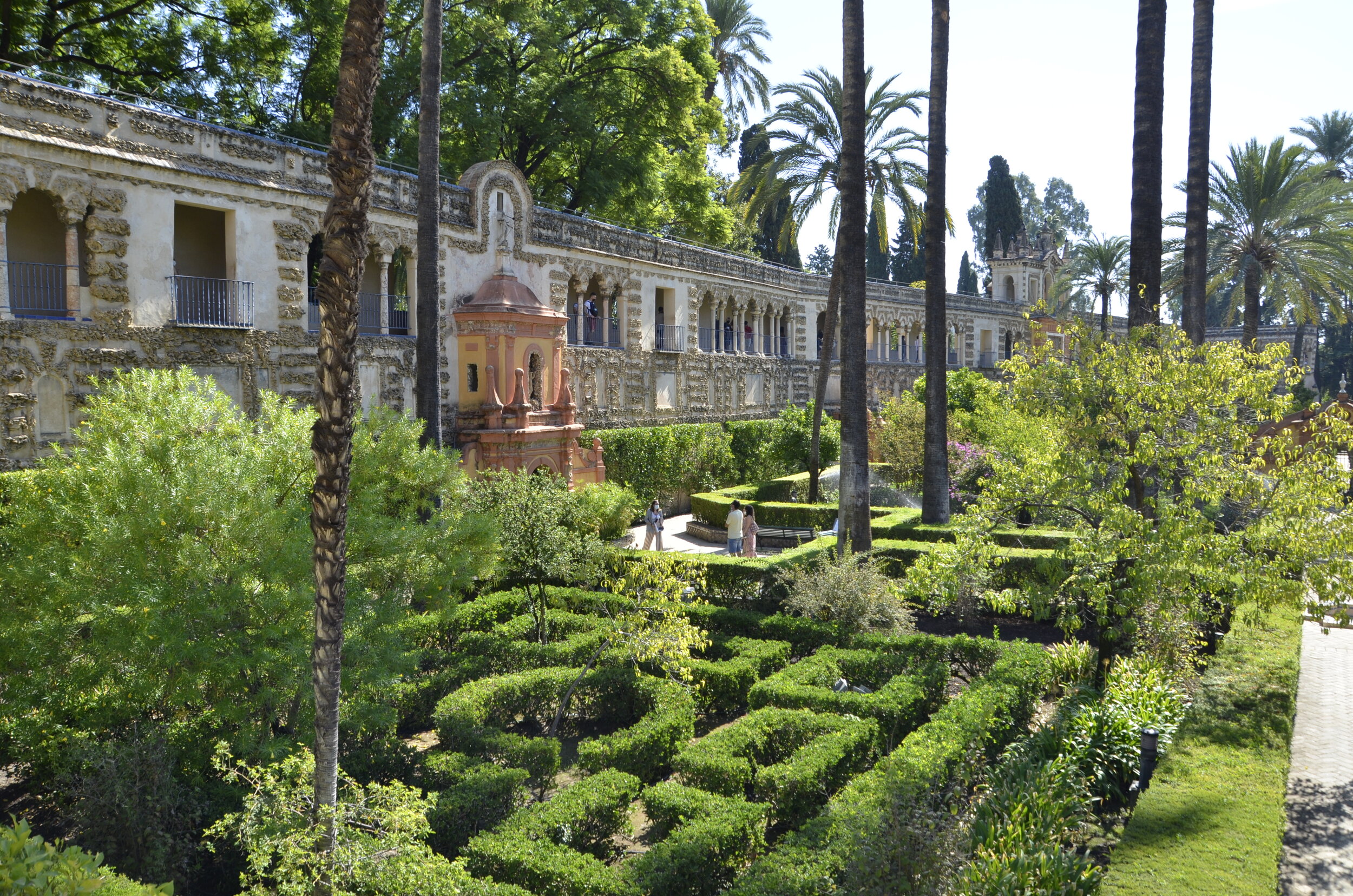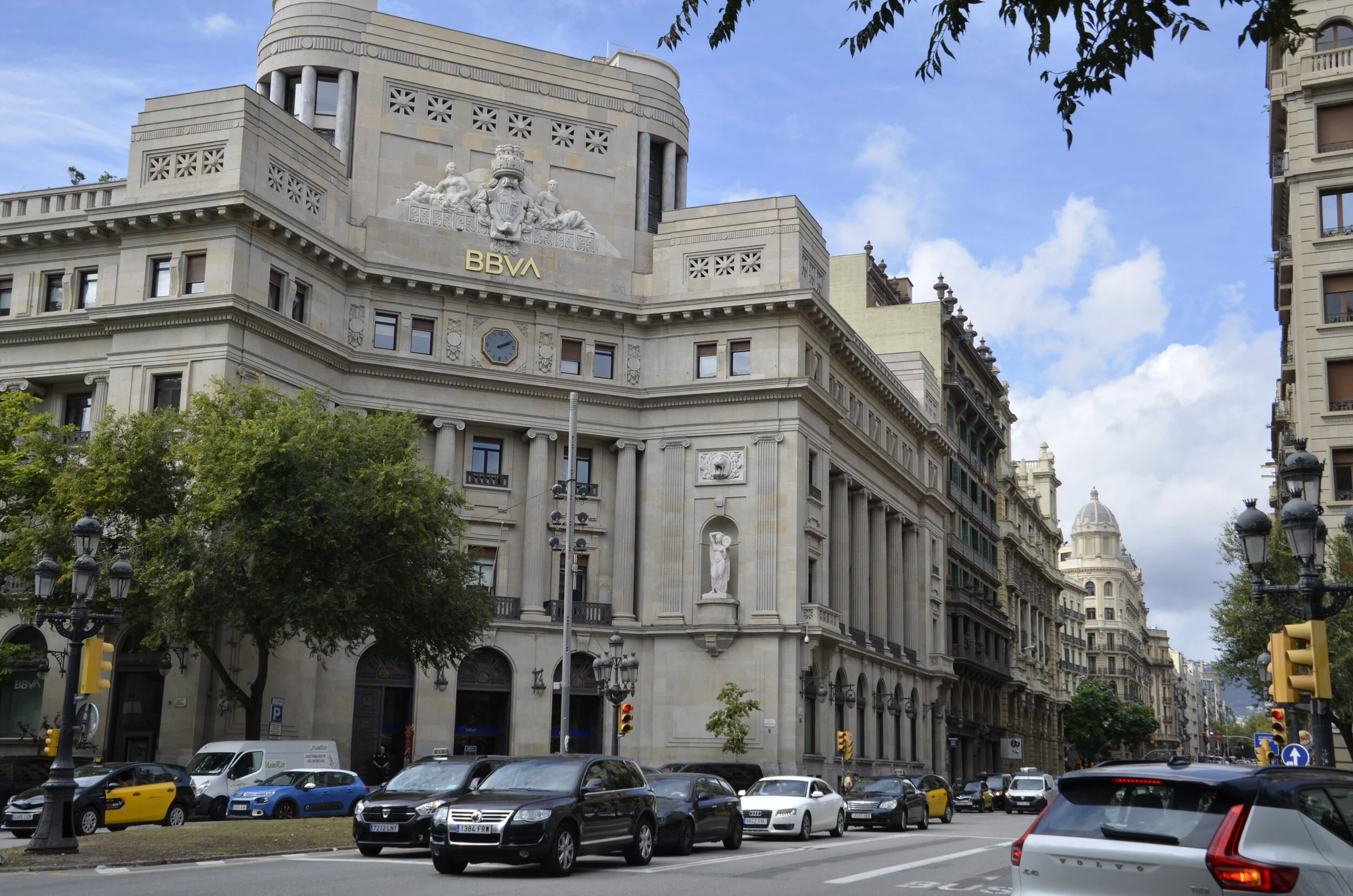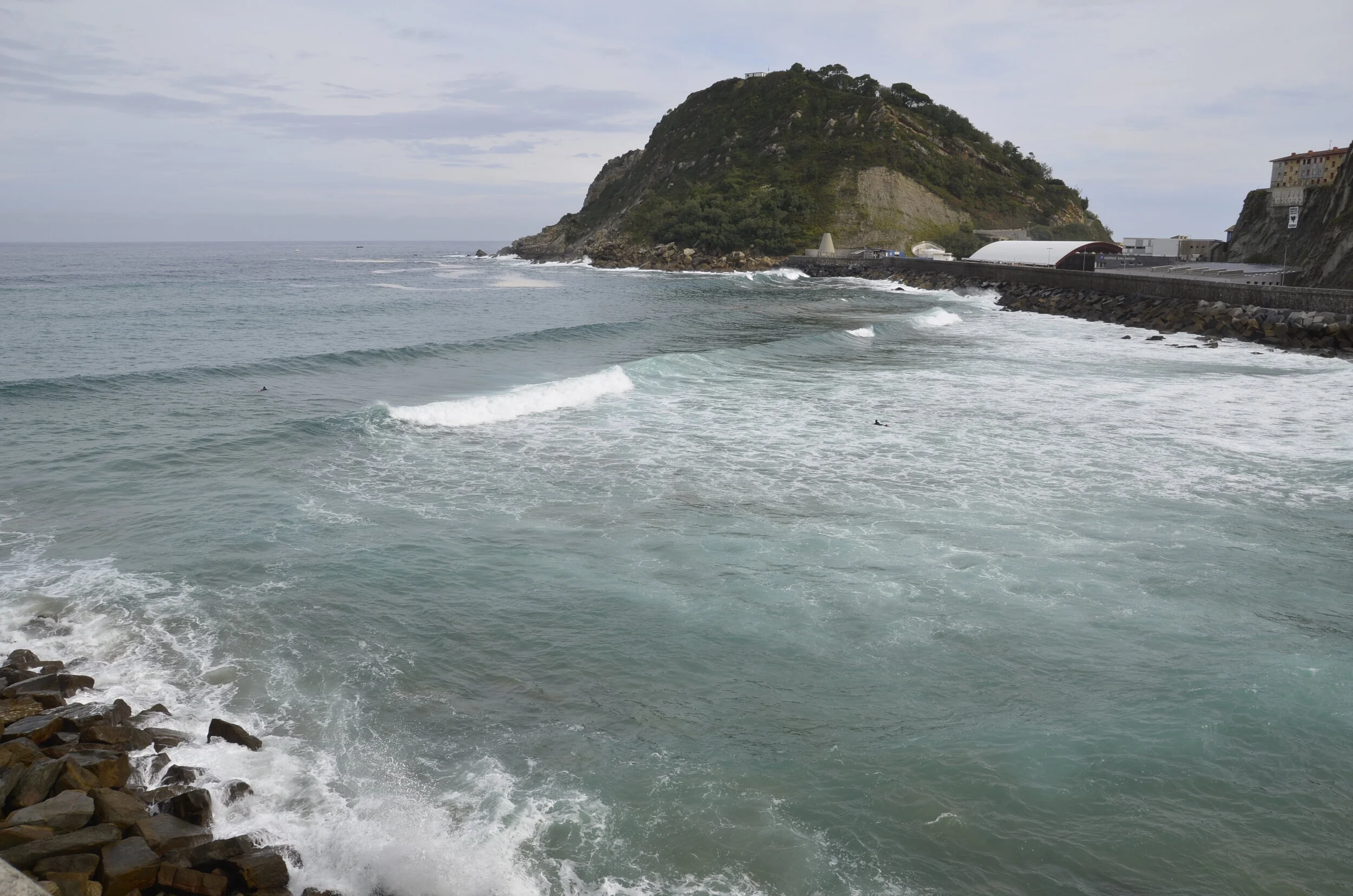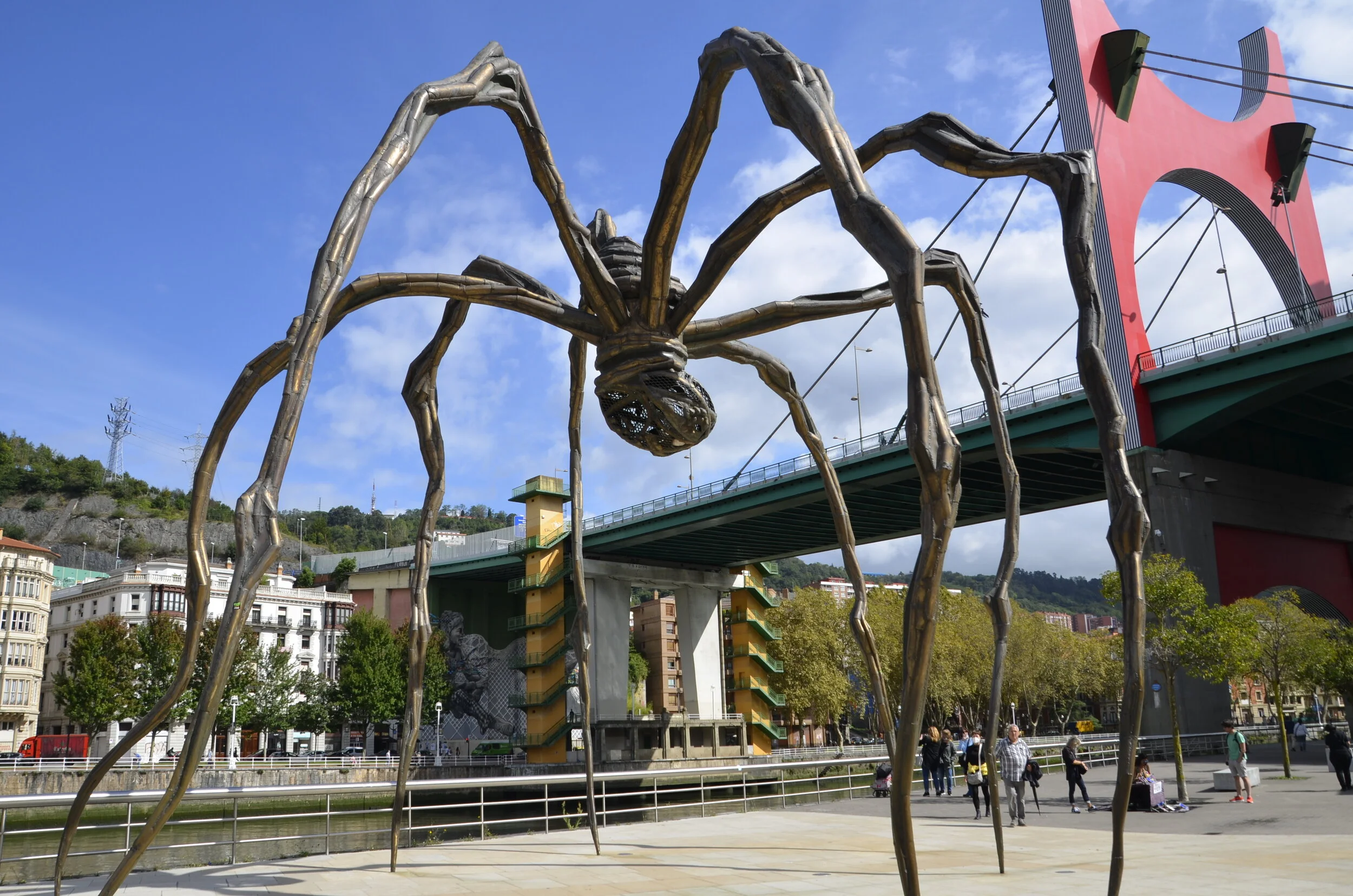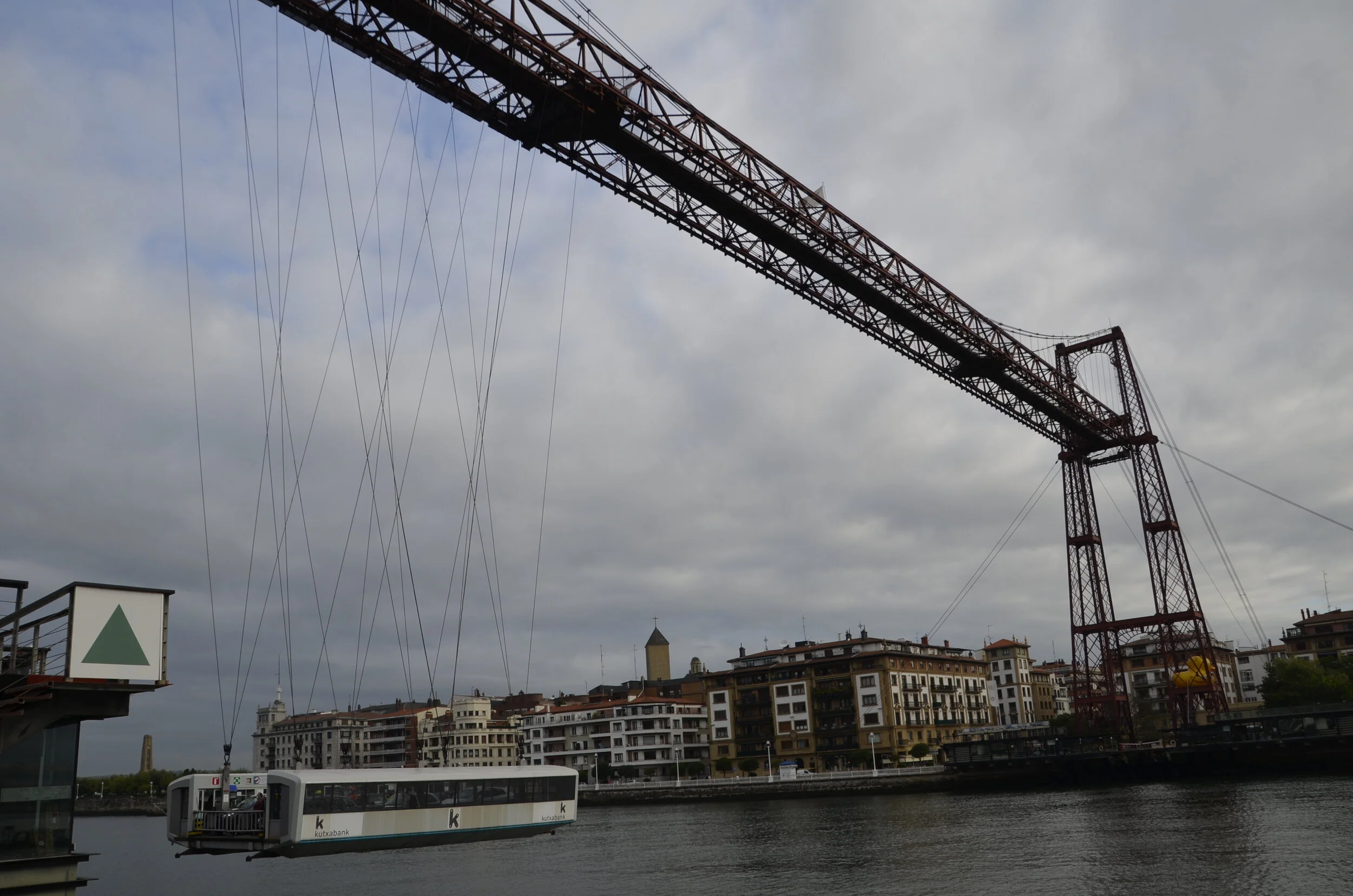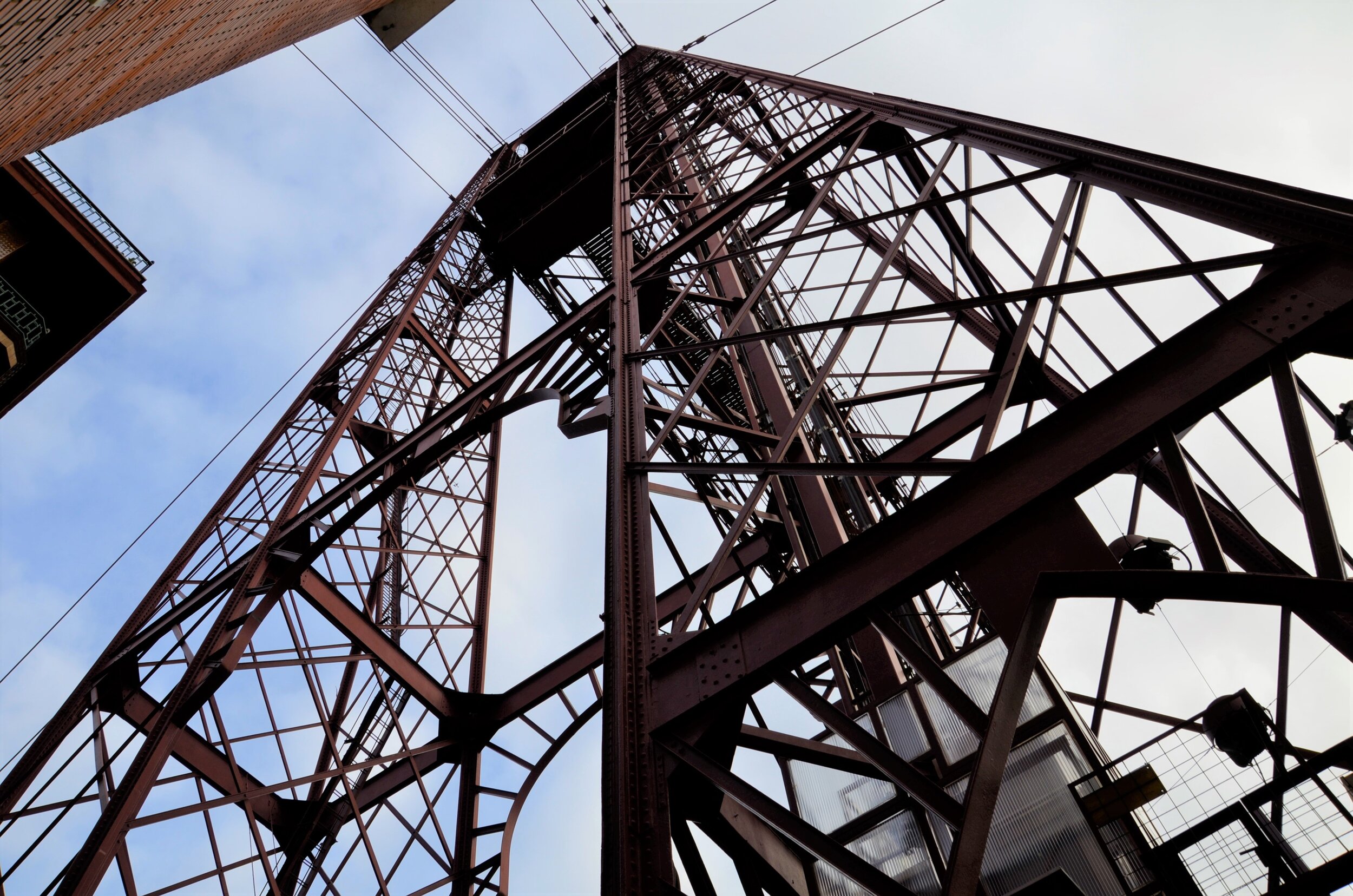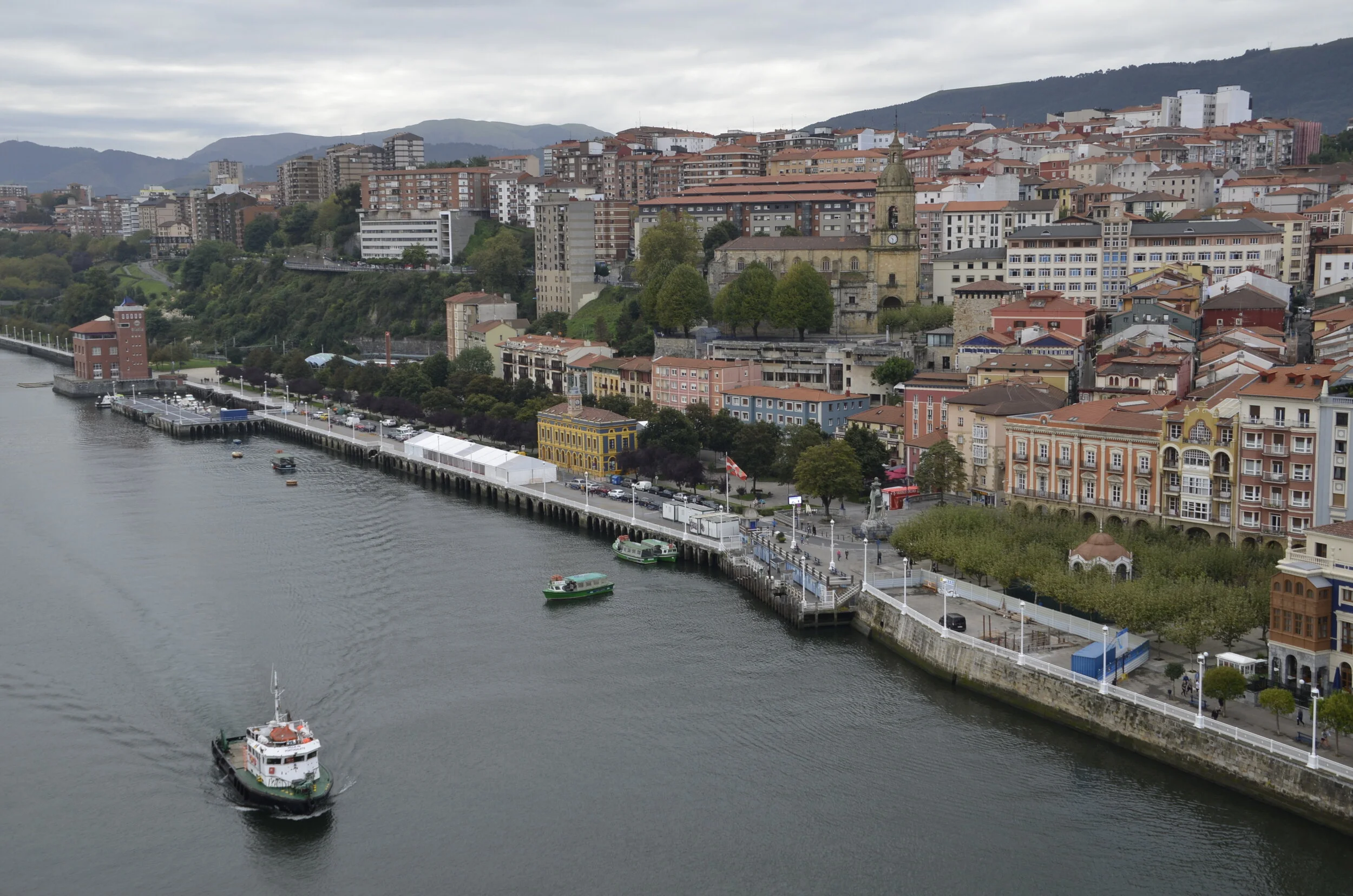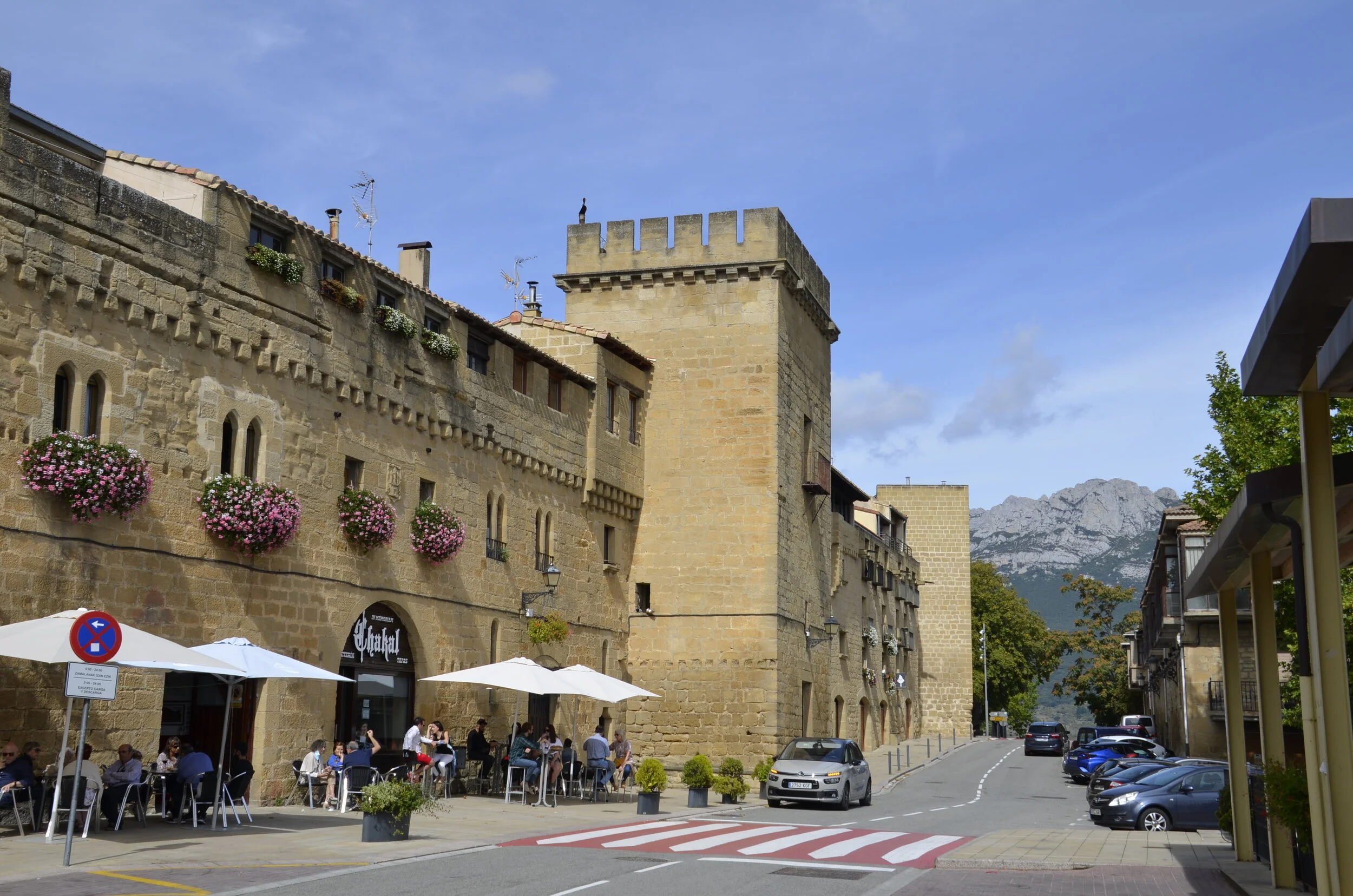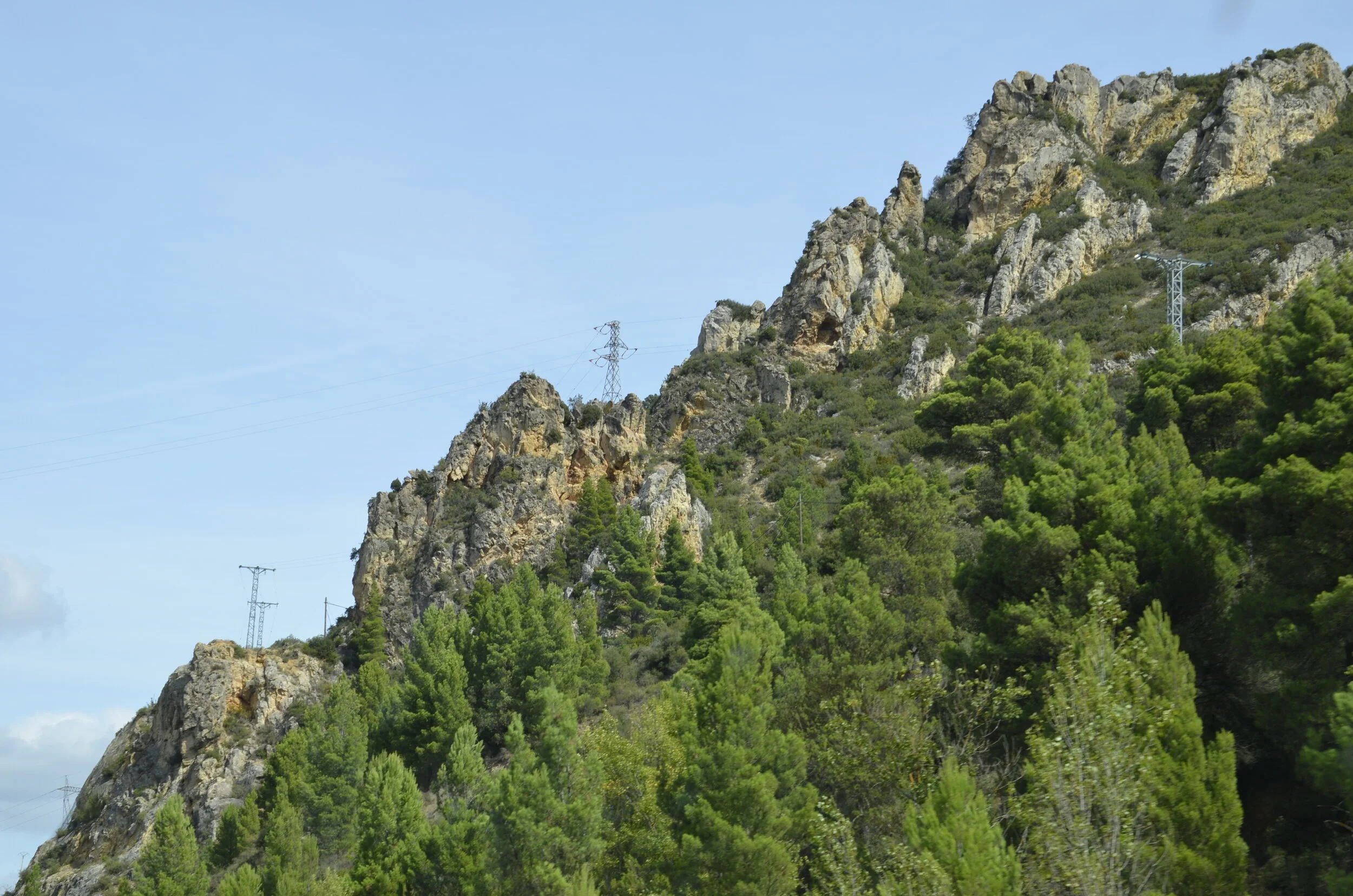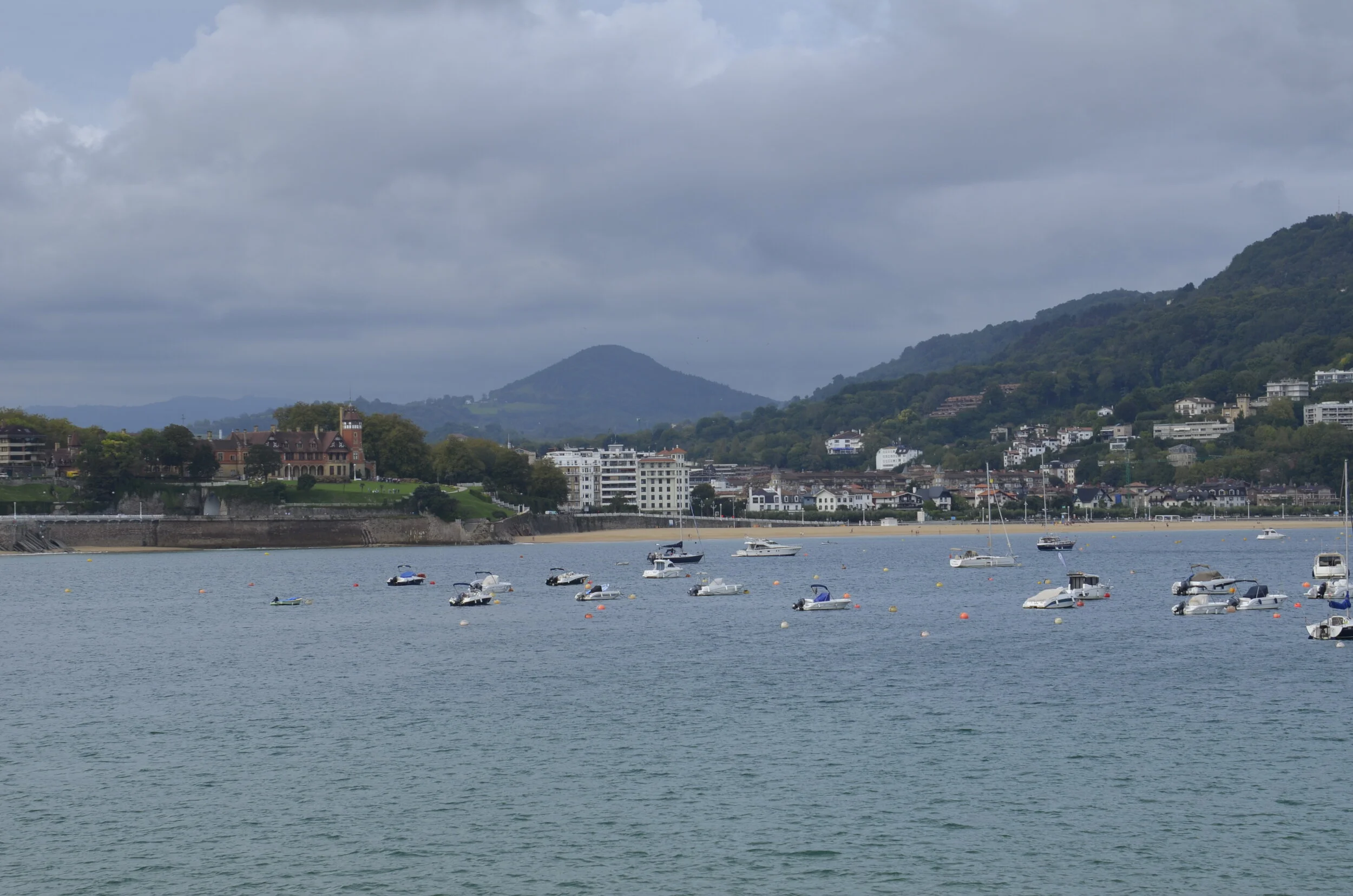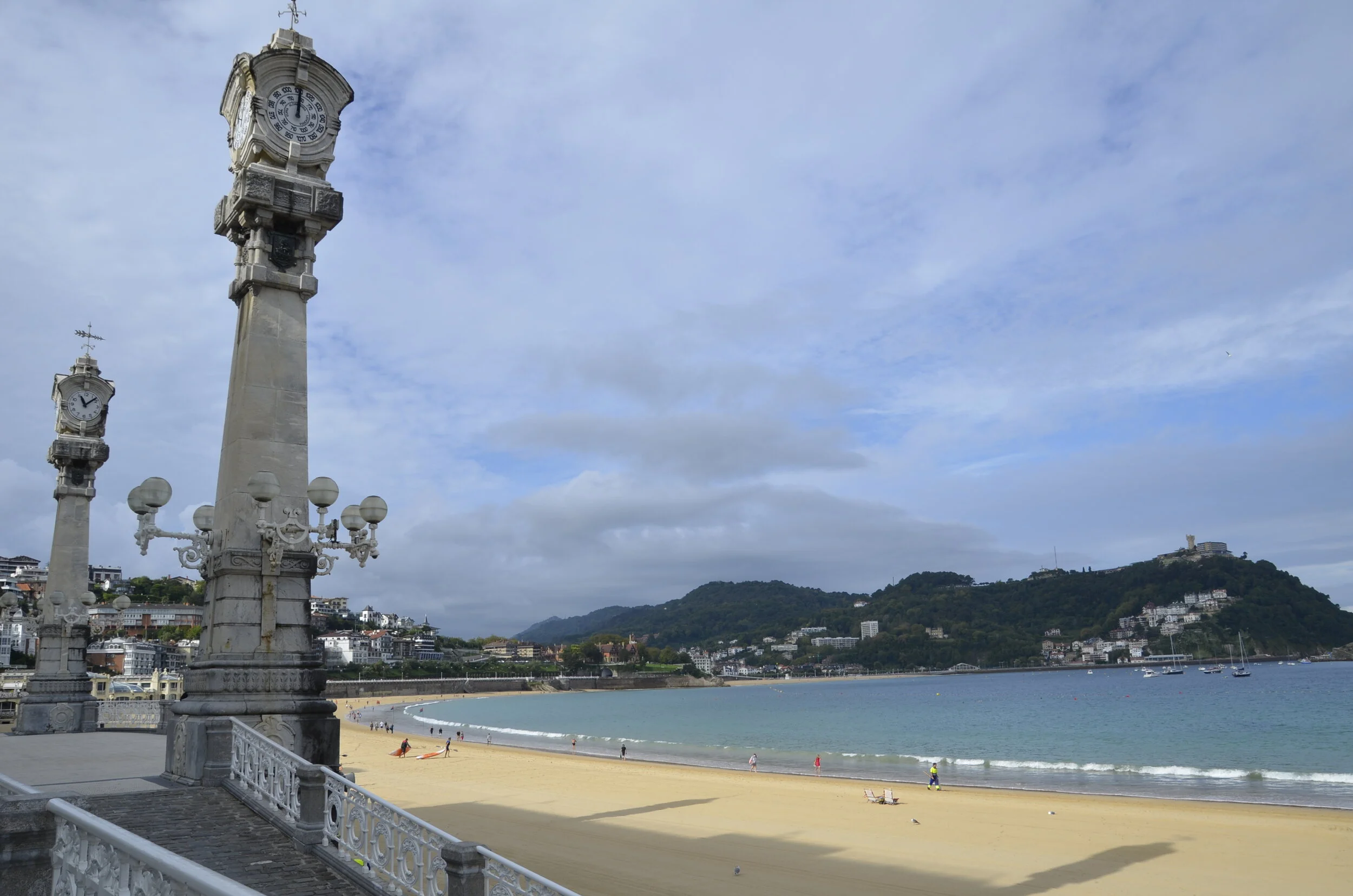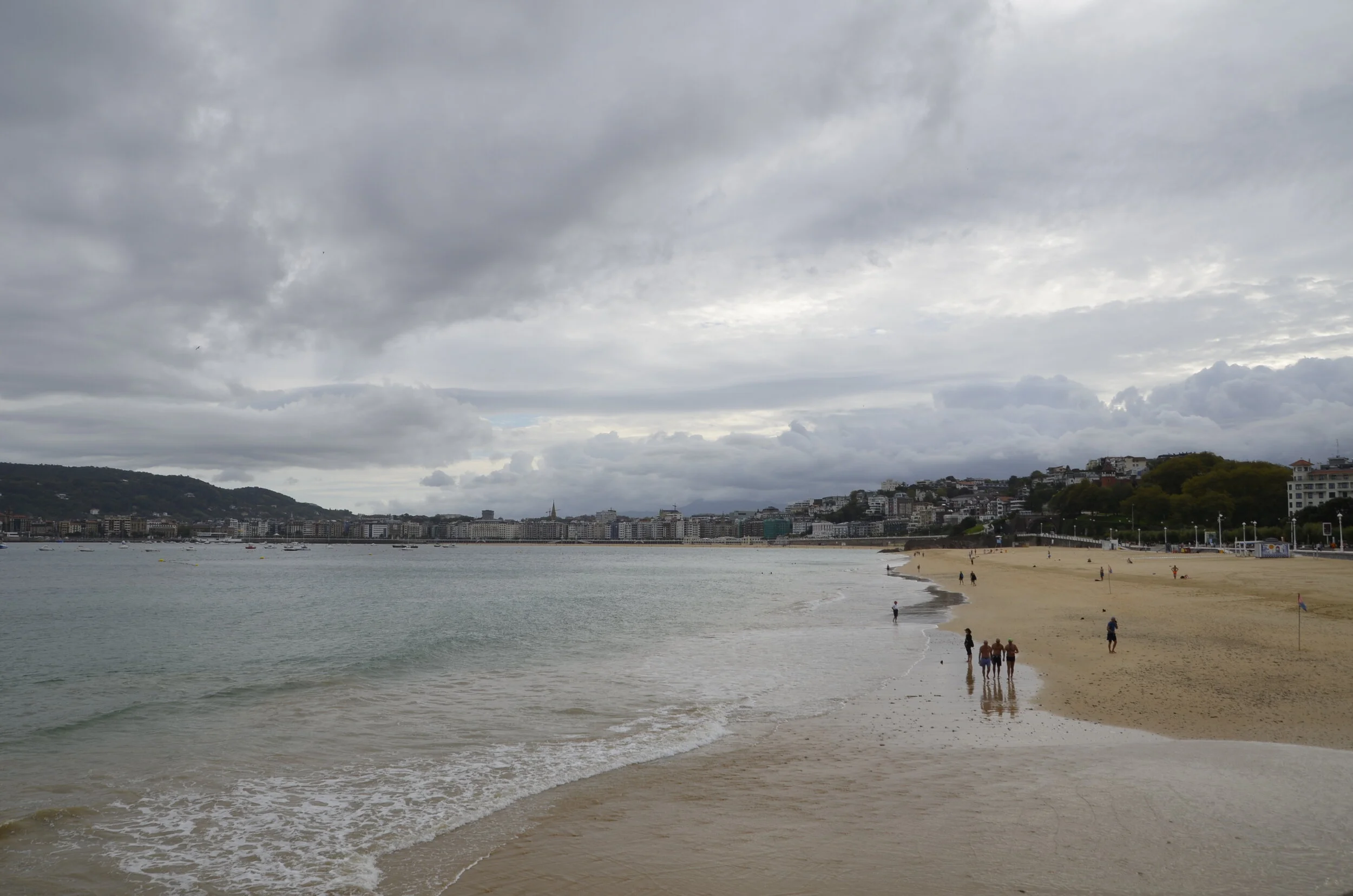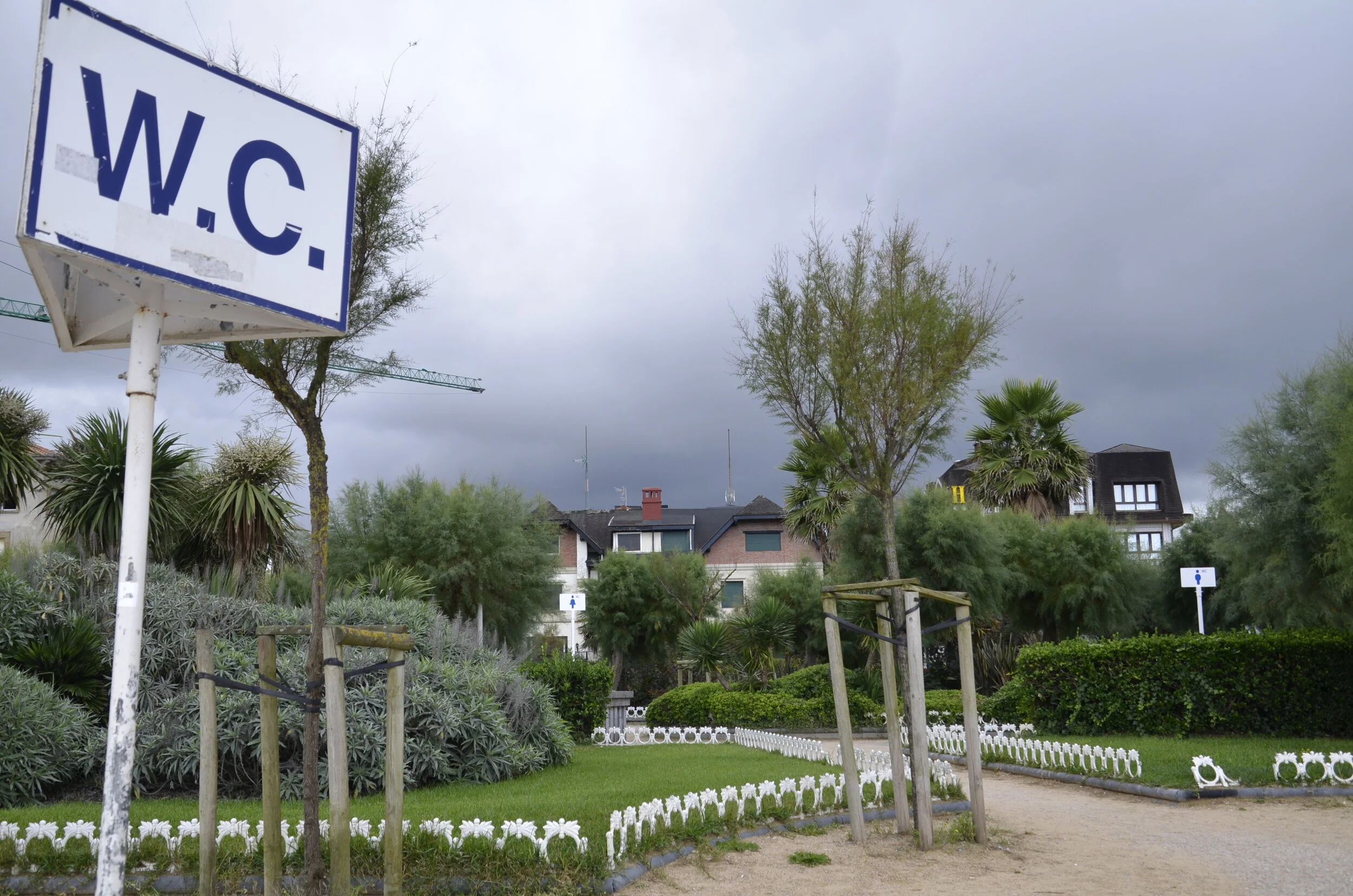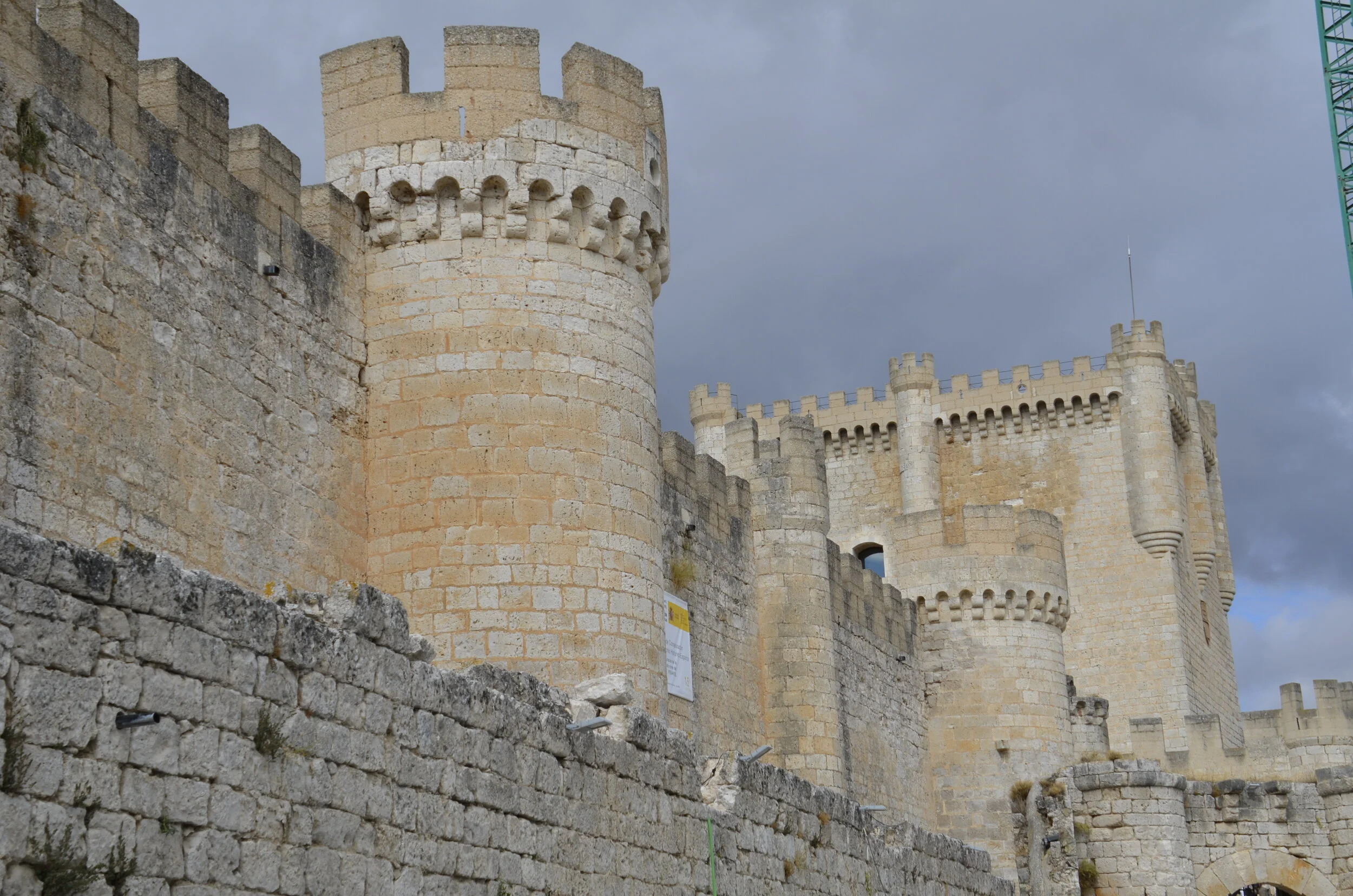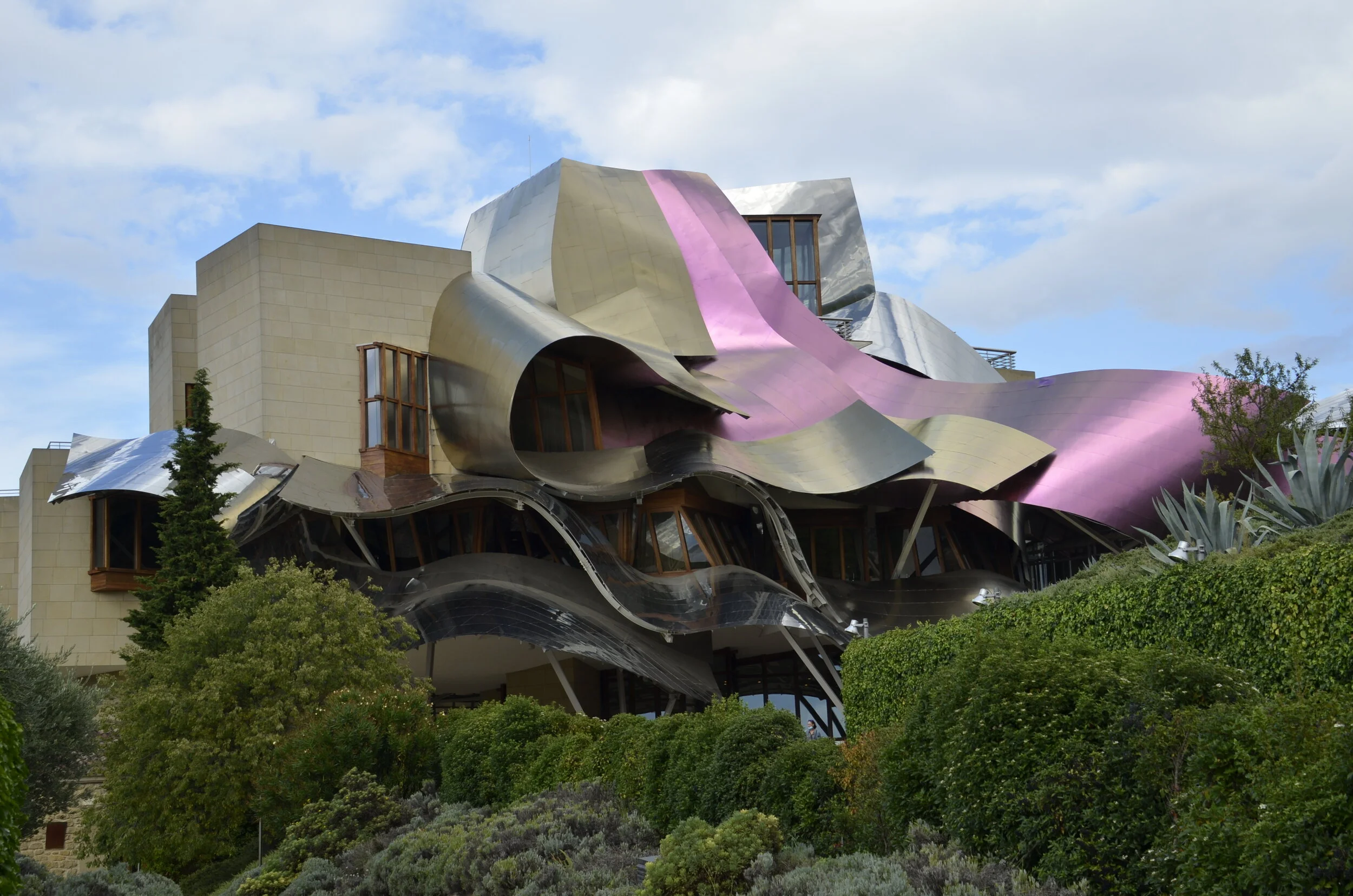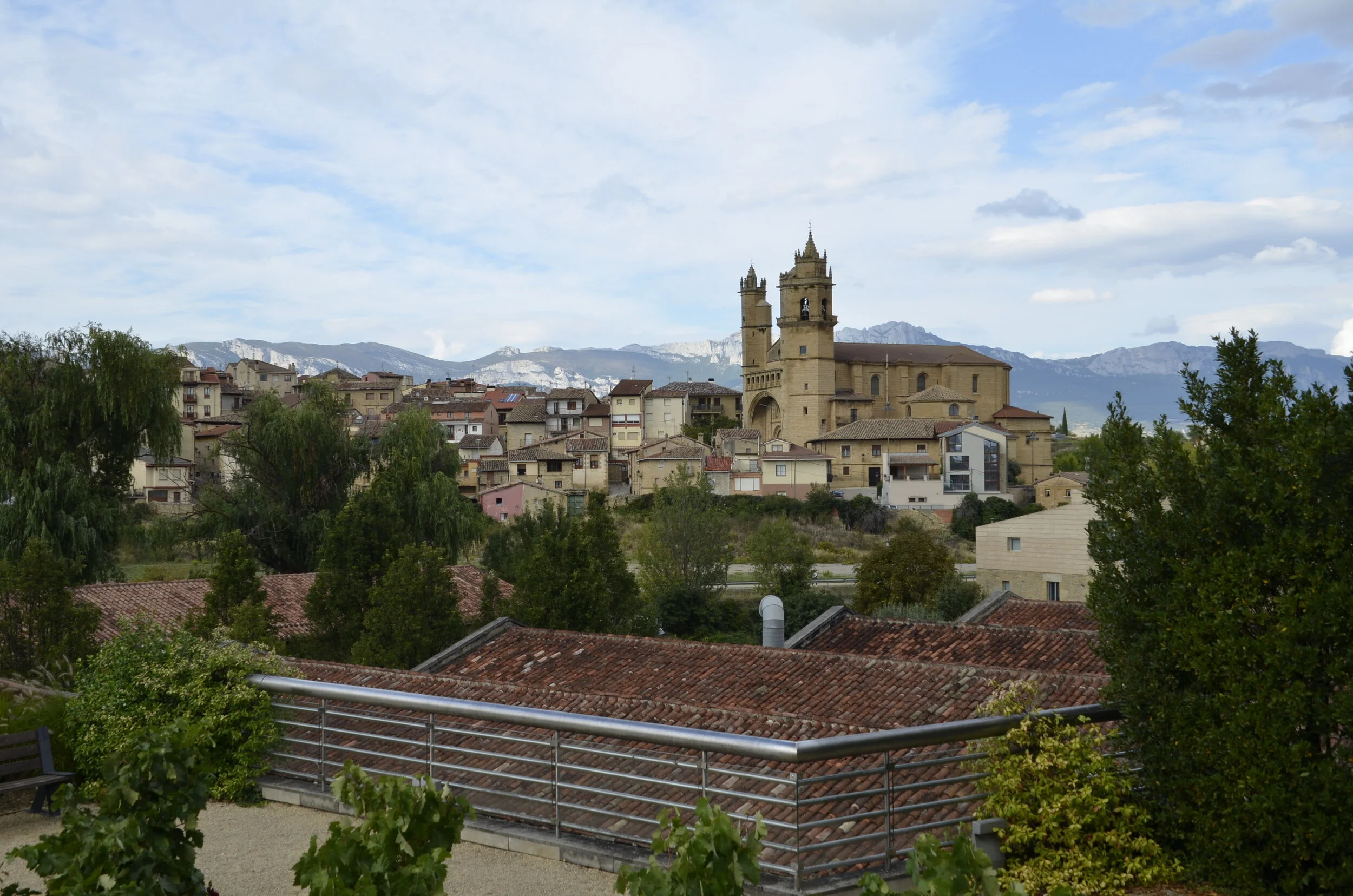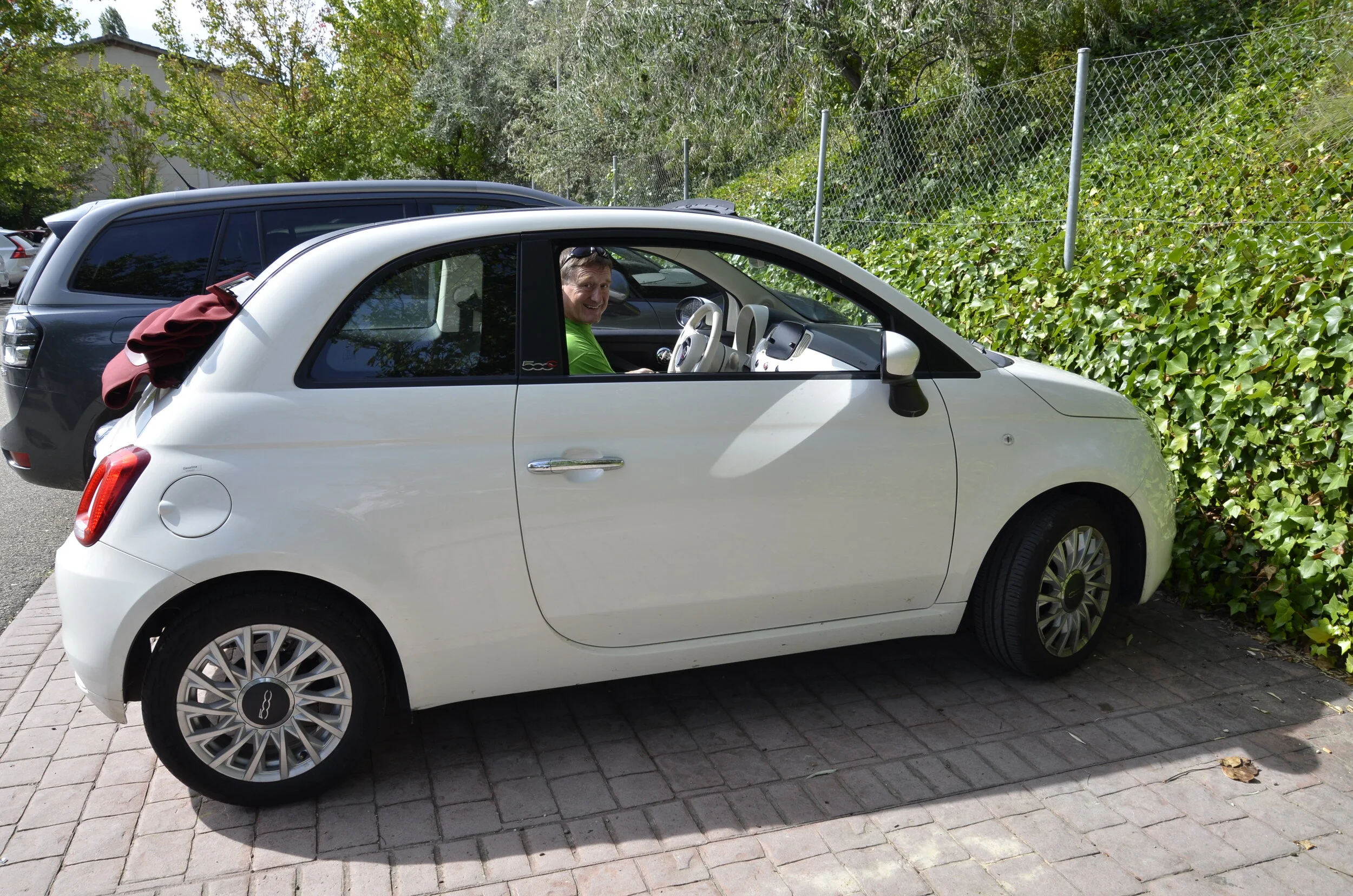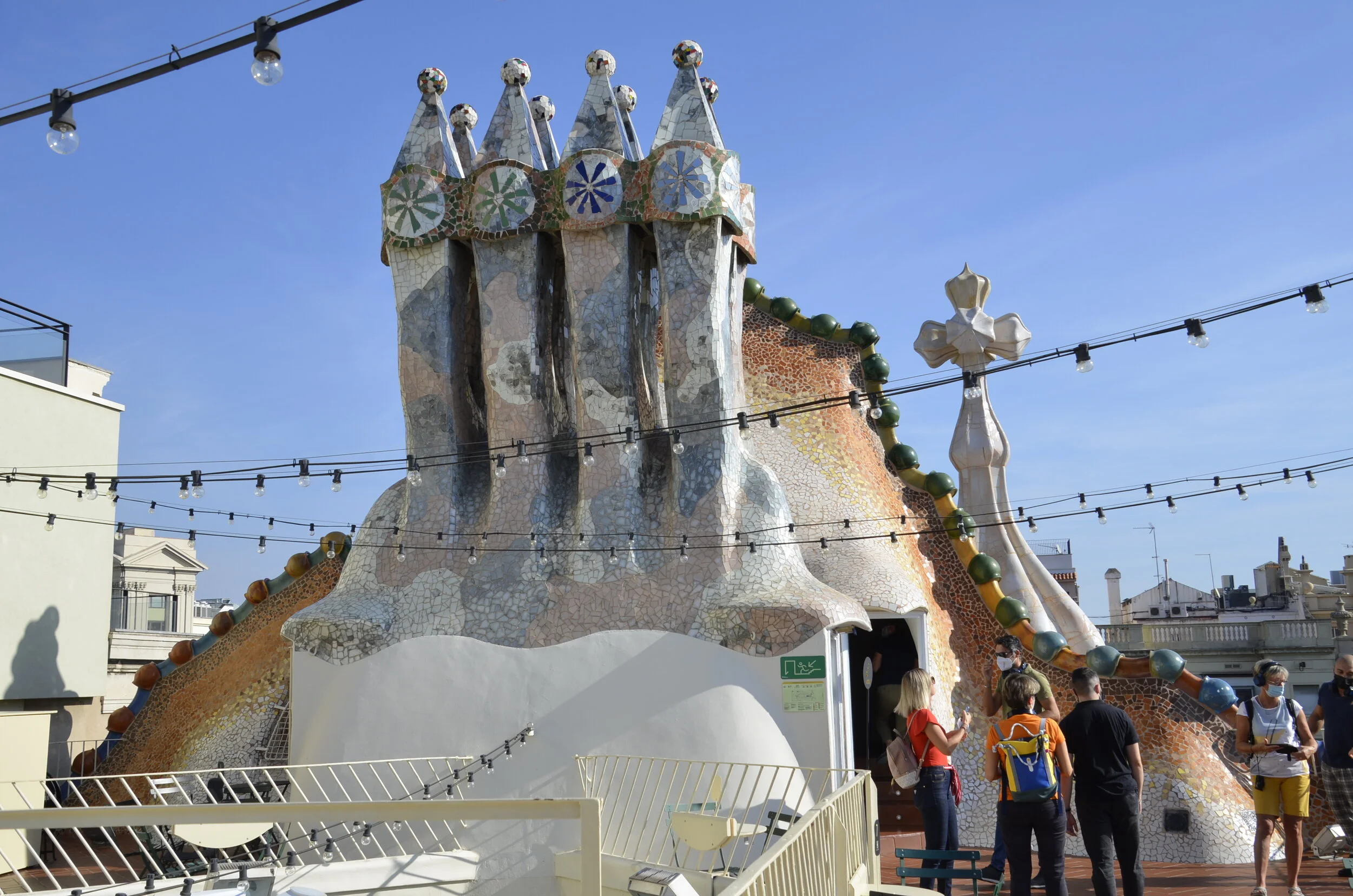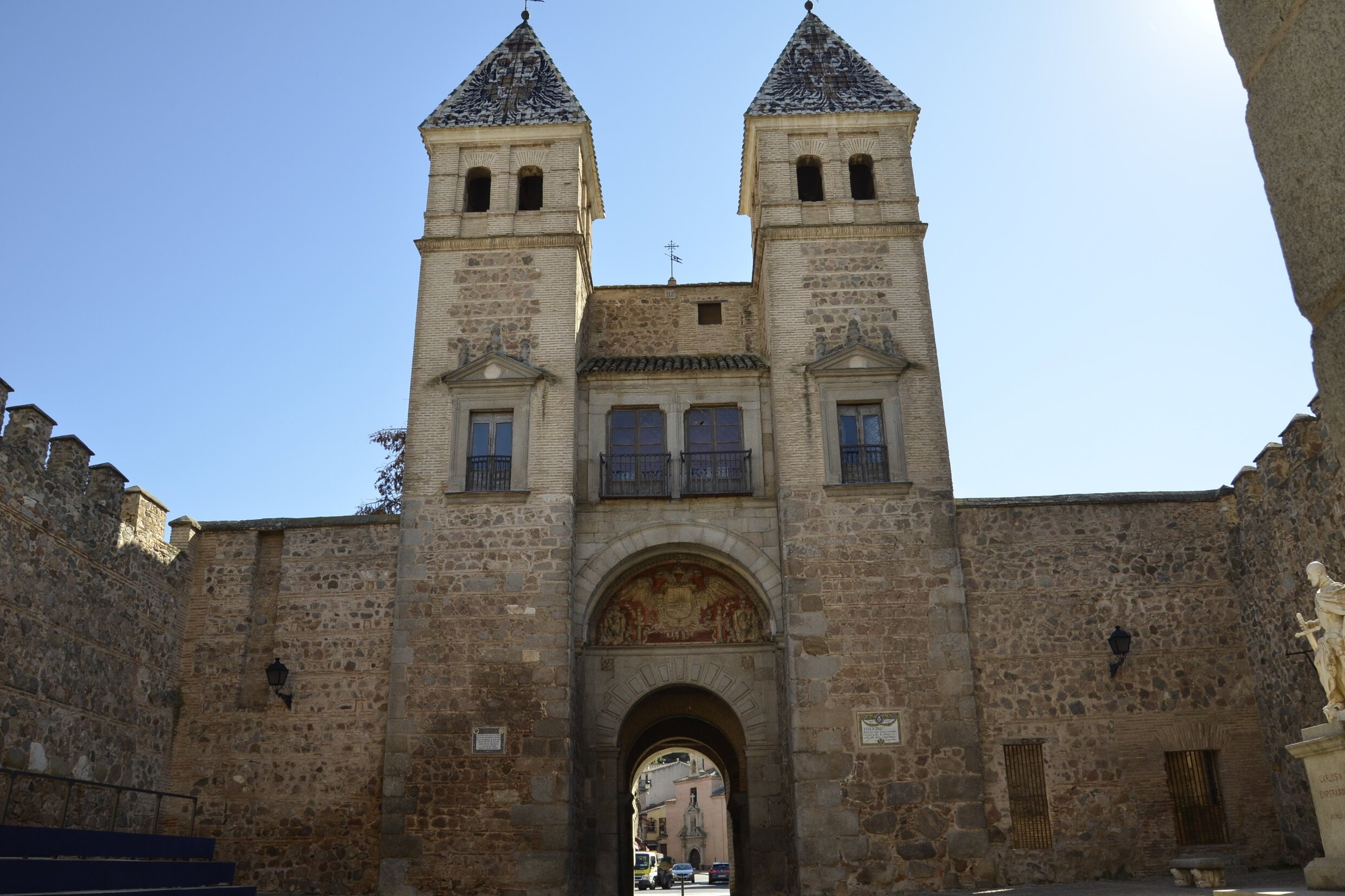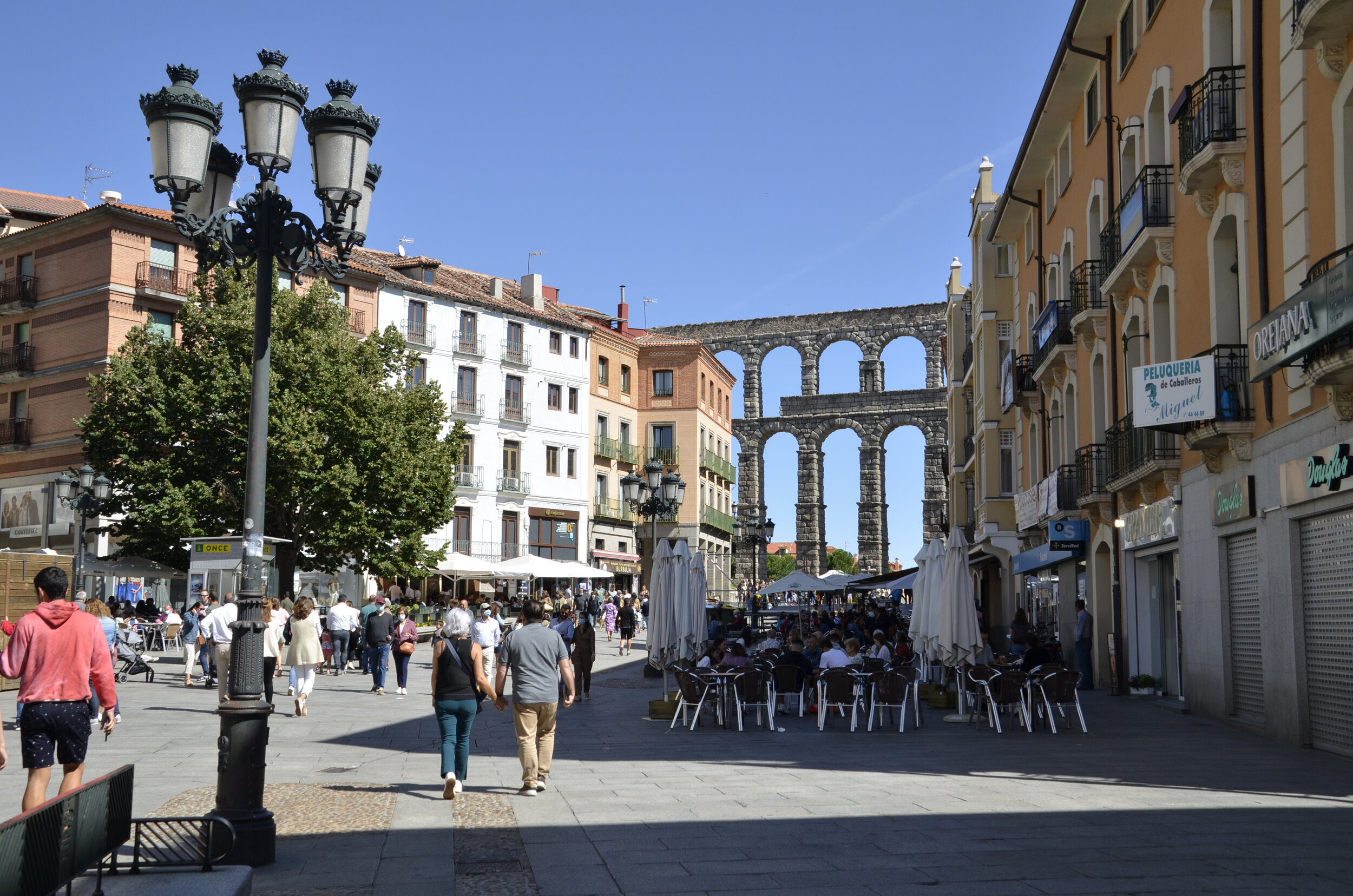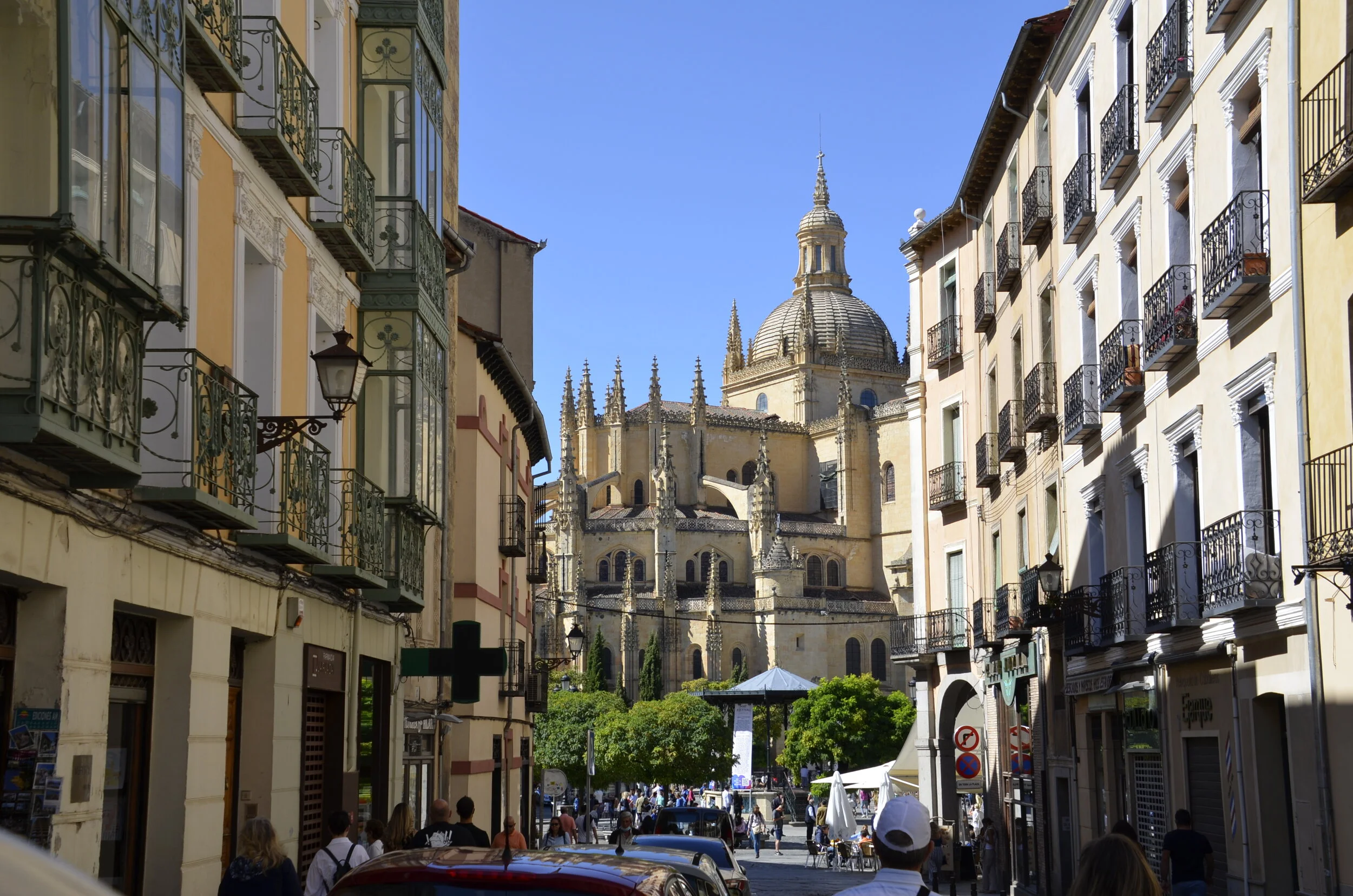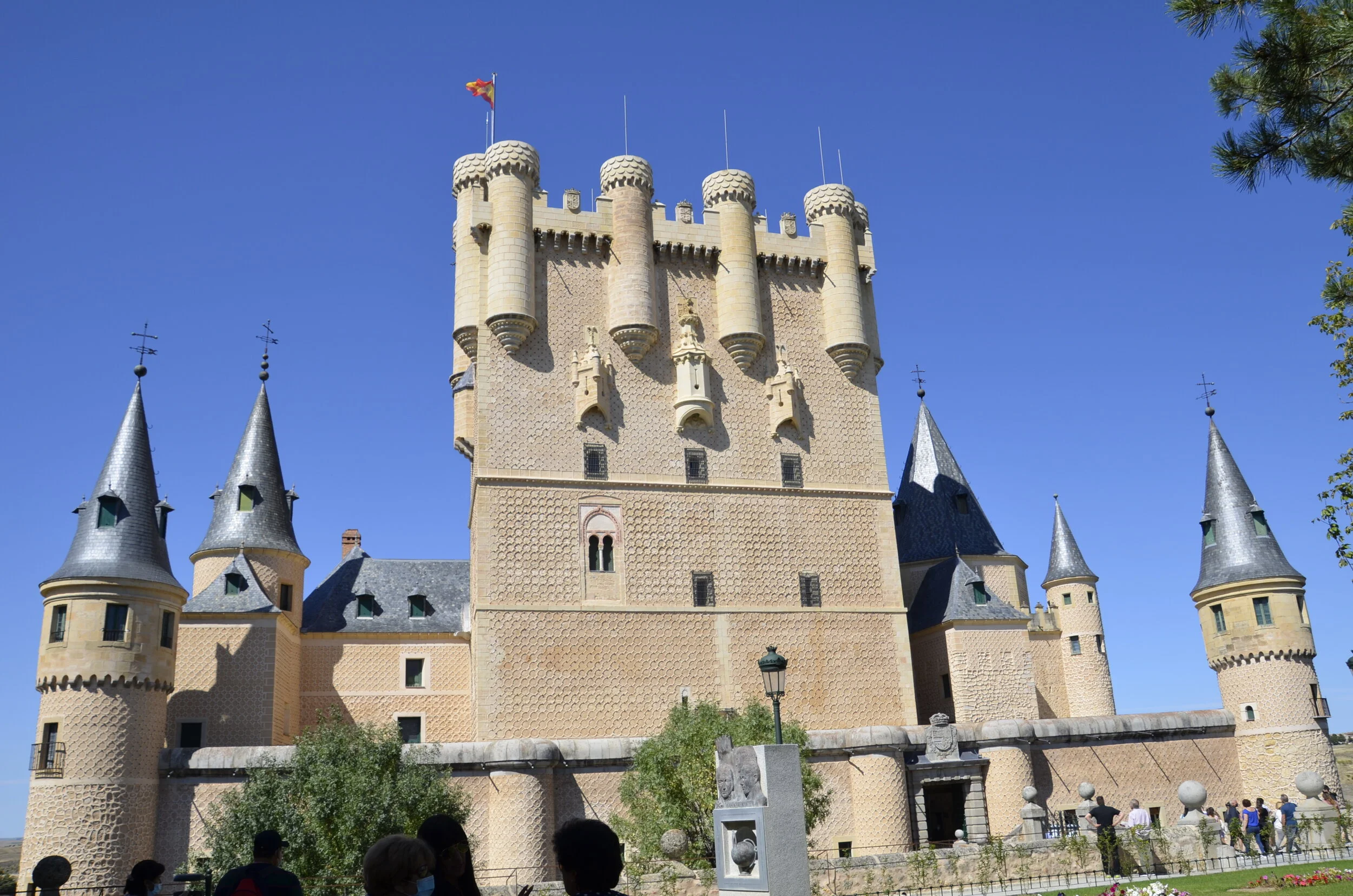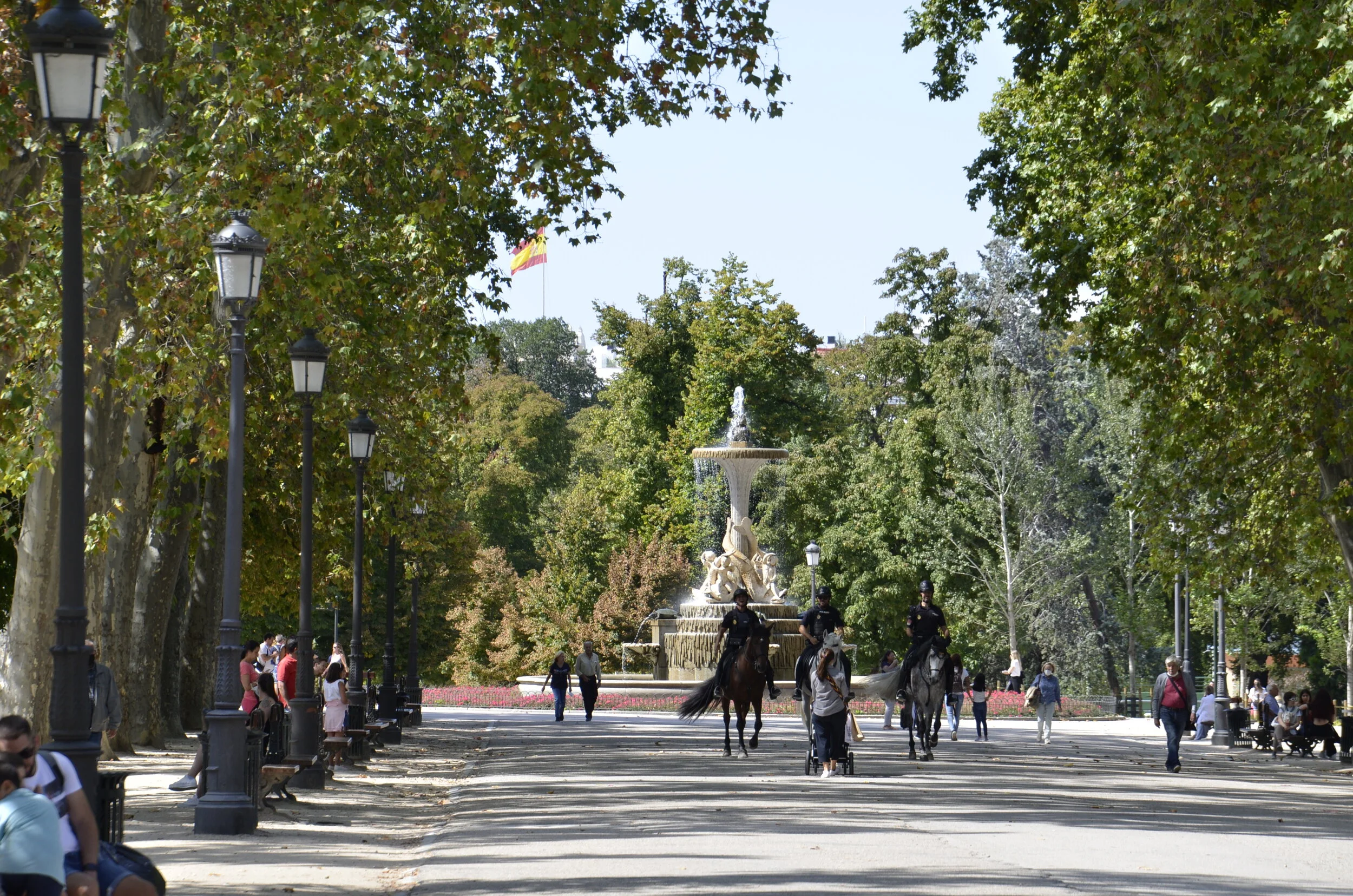Merida, Spain
We drove back into Spain to spend the last few days of our trip there. As Steve is a major history buff, it certainly made sense to visit Merida for a few days. It is home to the most extensive Roman ruins anywhere in Spain.
The Puente Romano, at half a mile long, is the longest Roman bridge still existing and in use today.
The ancient city walls made for a nice backdrop for an evening stroll along the Rio Guadiana -
There is an amphitheater, where gladiator games were carried out -
The archway is made of original Roman bricks that are 2,000 years old -
There is a Temple of Diana that had a villa built within/around it -
The Basilica of St. Eulalia was built in the 5th century -
Trajan’s Arch is just out standing by itself -
[Sorry that the picture is so cropped (my original is broader), but it had to be edited to fit the template so it wouldn’t come out looking stretched.]
Then there is the Casa del Mitreo.
This was a private villa encompassing over 2,000 square meters. It was built at the end of the first century, and included subterranean rooms used as bedrooms during the hot summer months.
There were several gorgeous mosaics…
… that were largely intact.
[Sorry that was upside down, but that was the only angle afforded me for photography.]
Last, but not least, was my favorite - Teatro Romano.
It’s still used for theater productions today.
I liked some of the behind-the-scenes views better than the theater itself -
Now for a couple of stories…
Planes, trains and automobiles - we had disruptive episodes with each type of transportation used on this trip. The car we rented out of Sevilla, which was an 18 day rental, gave a hiccup on the highway as we drove from Sevilla to Cordoba. No biggie, right? We got to the parking garage, and while I tried to work out our 2 day parking with the attendant, who spoke no English, Steve turned the car off, waiting for me. Upon turning the key to restart it, it didn’t even click or grind — nothing. We called for service, as well as speaking to the rental car agency. This was on a Sunday. Luckily, a truck came out to the garage so we could jump the car and at least get it parked. Upon turning it off in the parking spot, it was again deader than dead. There were no replacement cars available in Cordoba, but there was one in Granada - our next destination in our adventure. To leave Cordoba, we again called for service to jump start the car. We prayed for the next 3+ hours that Steve wouldn’t accidentally kill the engine, or that it wouldn’t hiccup again and roll over and truly die. If you’ve been following the blog to date, you know we made it safely to Granada, where we left the car running while Steve got all the paperwork done to exchange cars. Our new car had literally two kilometers on the odometer!
(thought I’d break up all the verbiage with a reminder of all the olives we saw…and ate!)
At the end of our trip, we were booked on the train from Sevilla to Madrid, only to receive an email less than 24 hrs before departure that there was a railway strike in Andalucia, and the train we were booked on was one of three that were cancelled (out of 12 running that day between the two cities). The other trains were either full or leaving at times that we just couldn’t make. The only contact with the rail line was by email, and they promised to reply “within 1 day”. Needless to say, we contacted the rental car company and switched our drop-off to Madrid. It was only a 3+ hr drive from Merida, so it really wasn’t that bad. (we got an email later that day saying that we got a full refund of our train tickets) Along the way, we saw one of the many bulls that we had seen all over Spain along the highways -
We found out later, on researching, that this had started in 1956 as advertising for a brandy. In 1994 the national Traffic Department wanted to take them down to limit driver distraction, but there was a public outcry. This has now become a national symbol, and we found out that there are “only” 21 of them and they are all in Andalucia (SW Spain - Sevilla, Cordoba, Granada, etc.).
Anyway, back to our stories…planes…On leaving Spain at the end of our adventure, our flight out of Madrid was delayed due to a faulty starter on one of the engines. We actually had to move gates and change planes before we left 3 hours late, and barely caught our connecting flight in Chicago, and this was only possible because of a rain delay there.
Notes about Spain in general:
Beer is like water. You order a small glass of beer to enjoy while you look at the menu.
The restaurants were empty until 9 pm or later, including families with young children.
Sunrise wasn’t until 0830 or later, and coffee bars don’t even open until 0900!
There was more smoking than what I notice in the US.
That’s the end of our Spanish adventure. Until next time…























